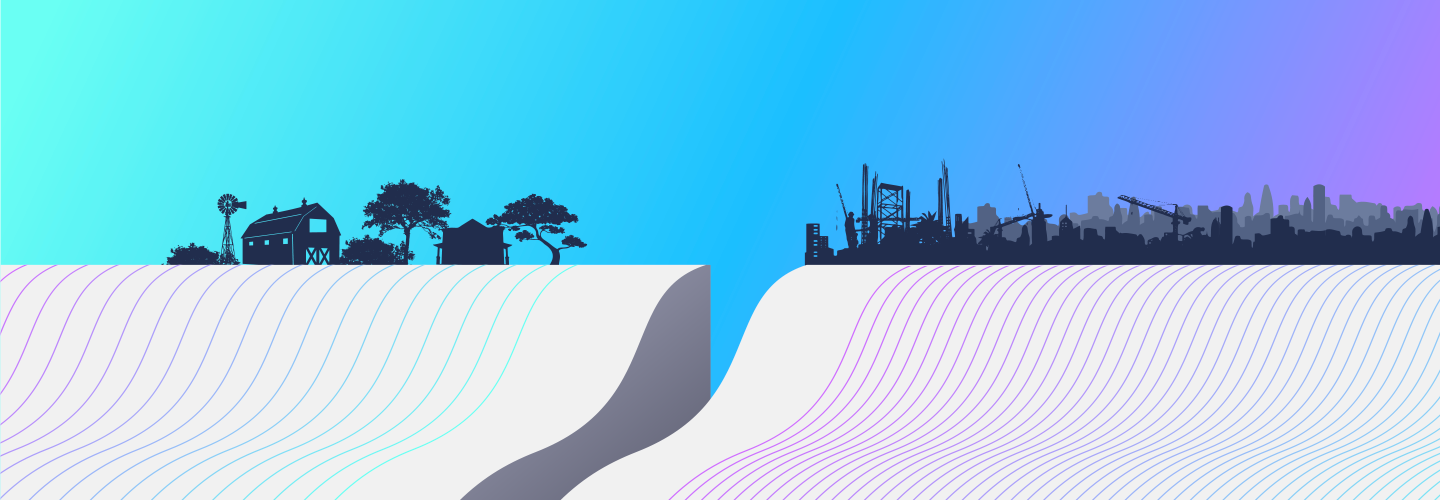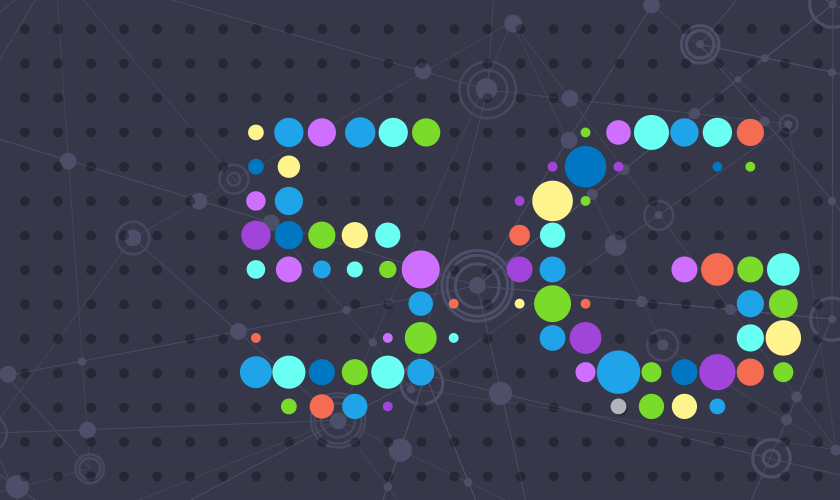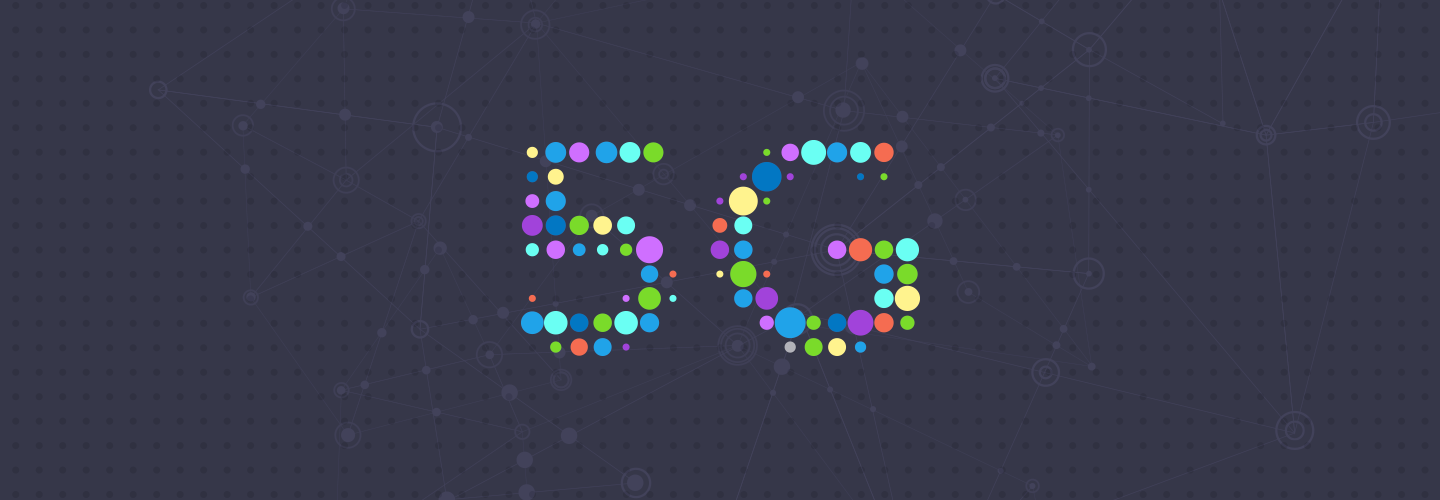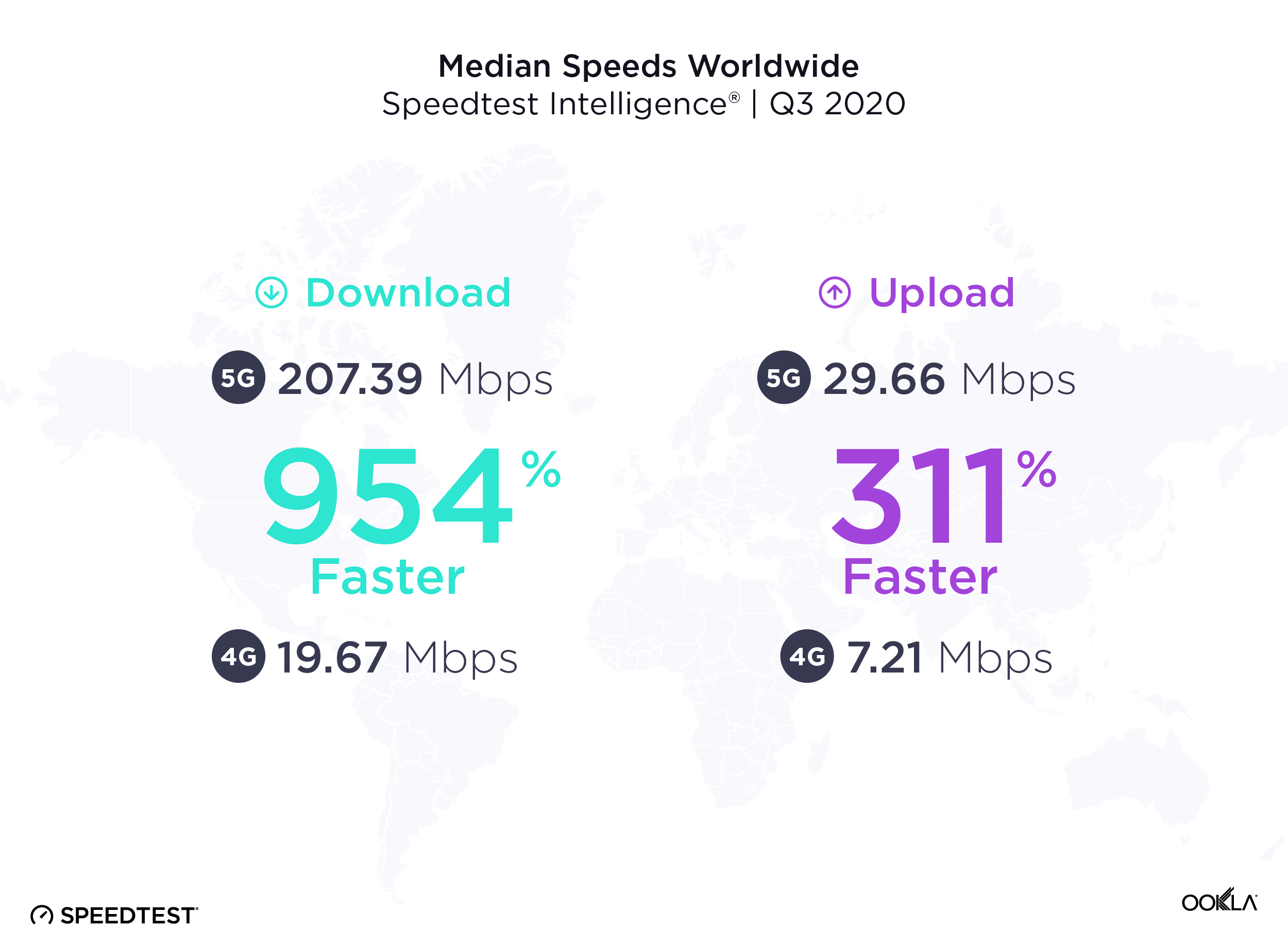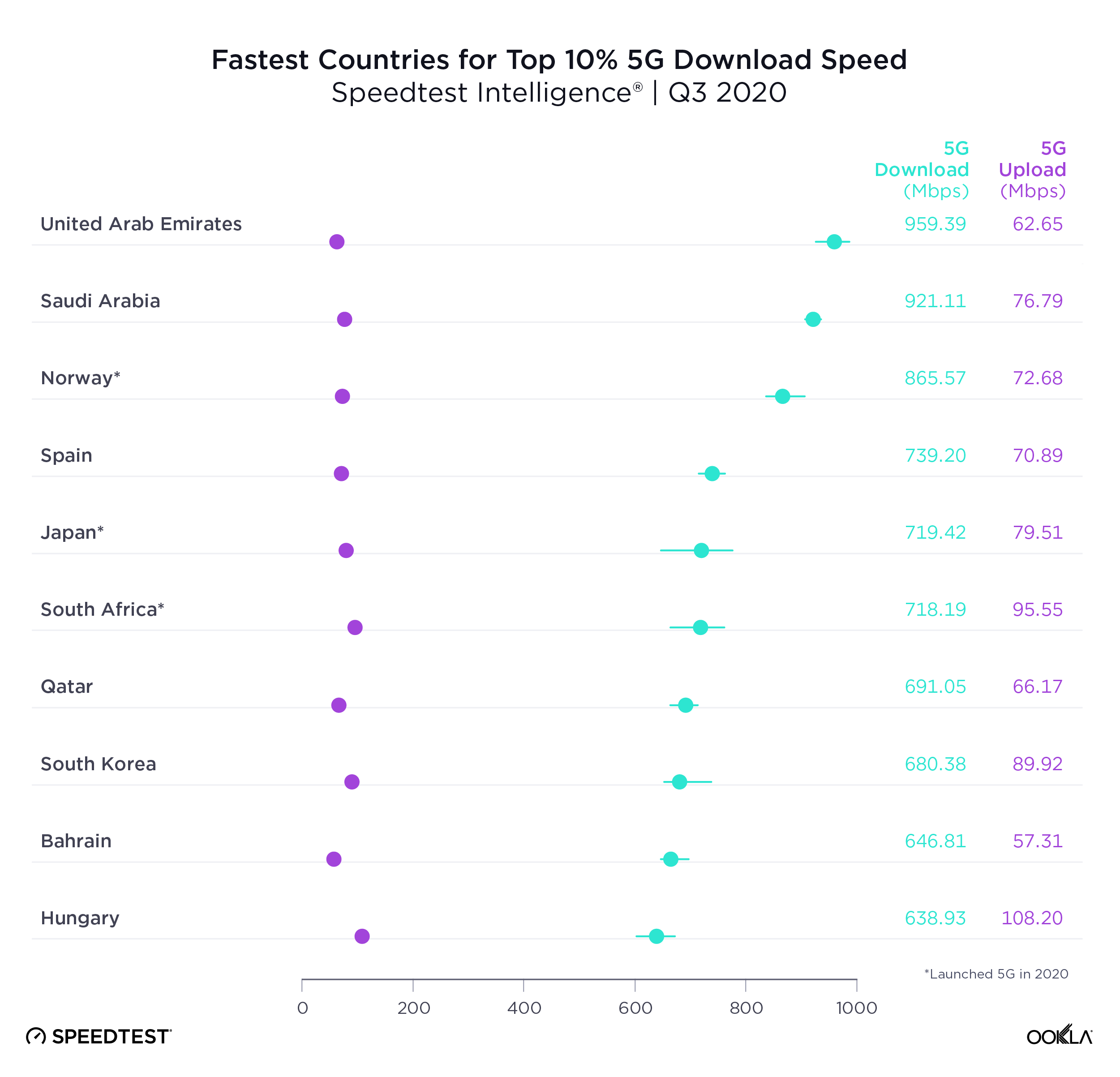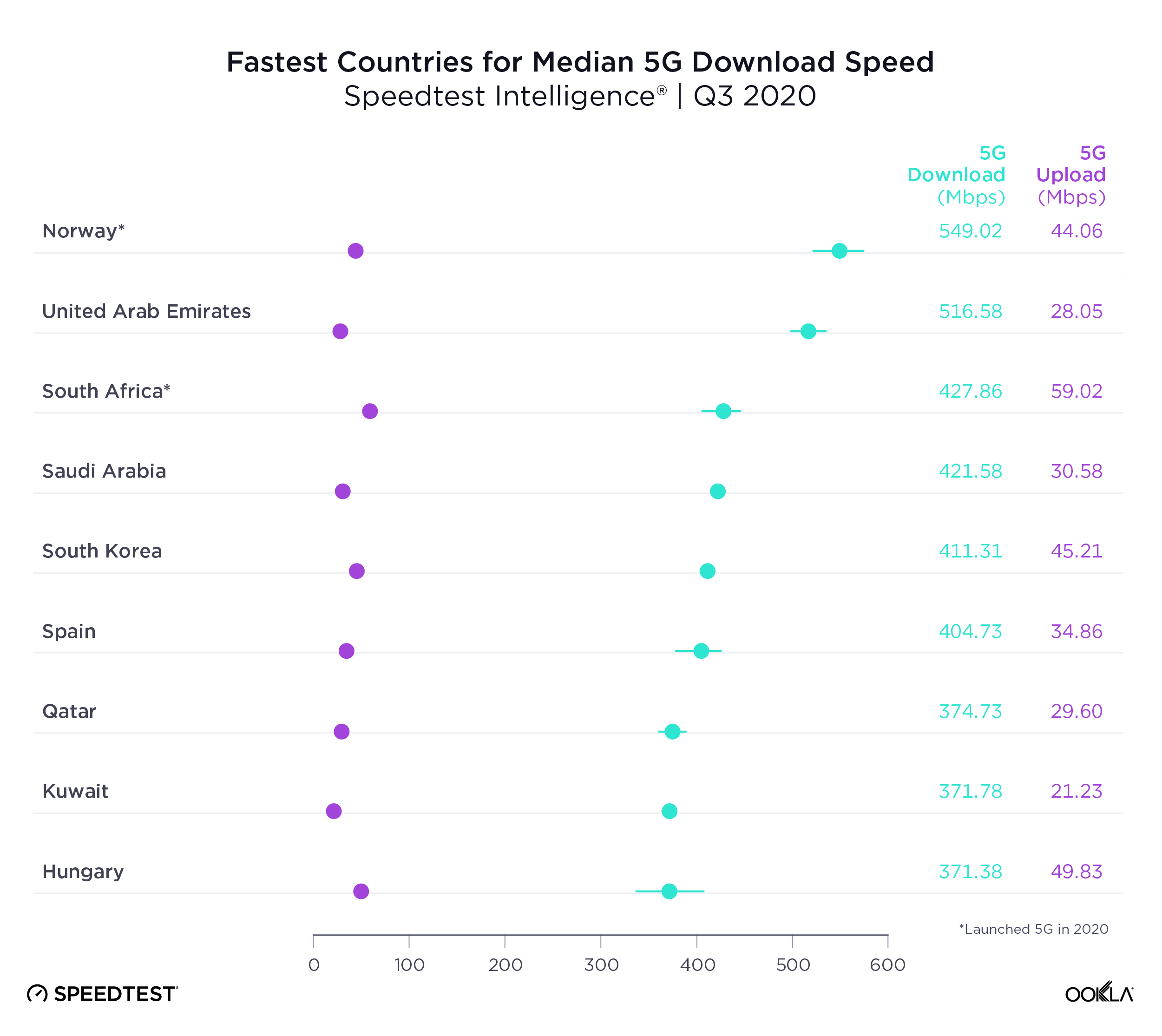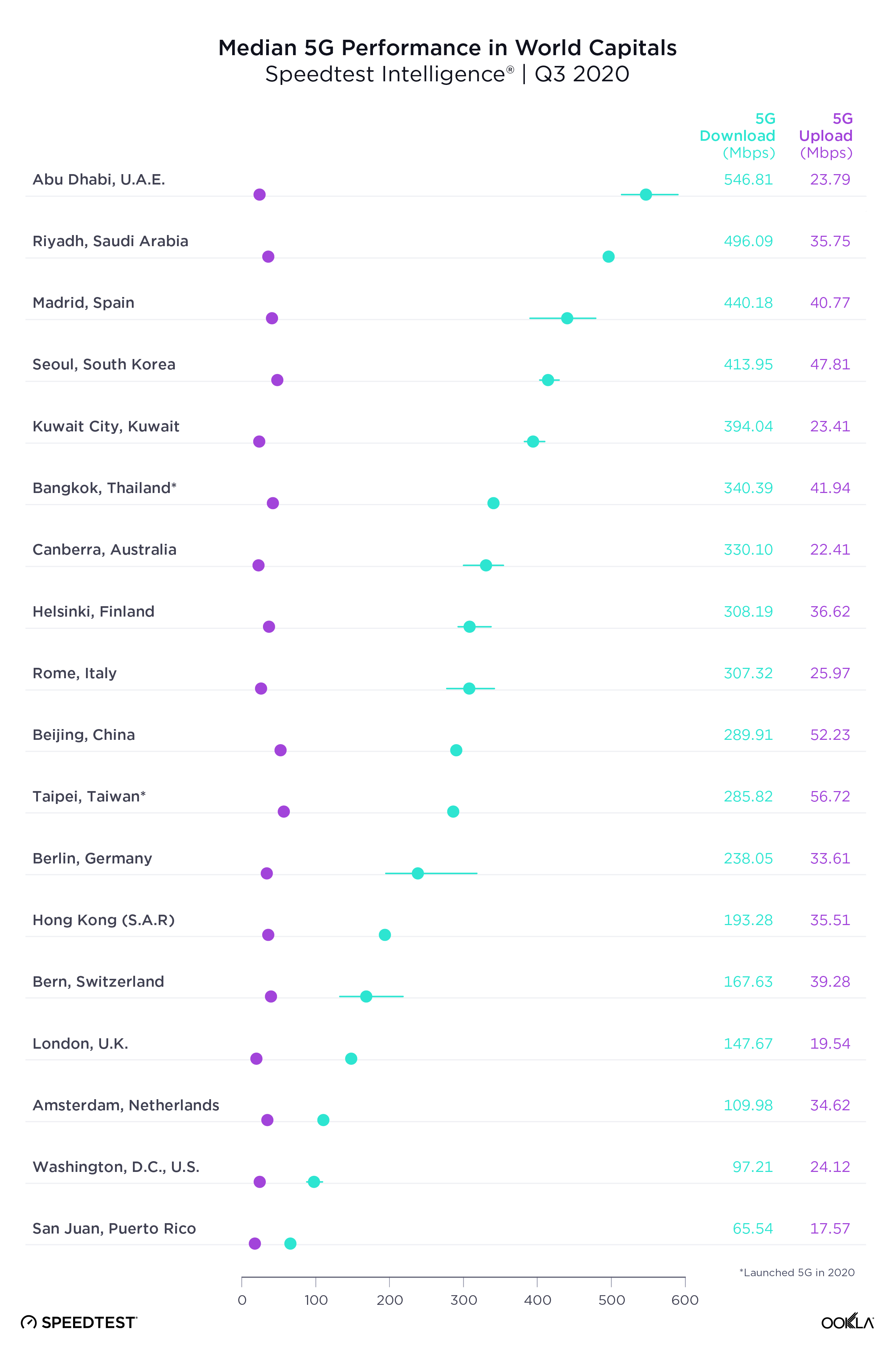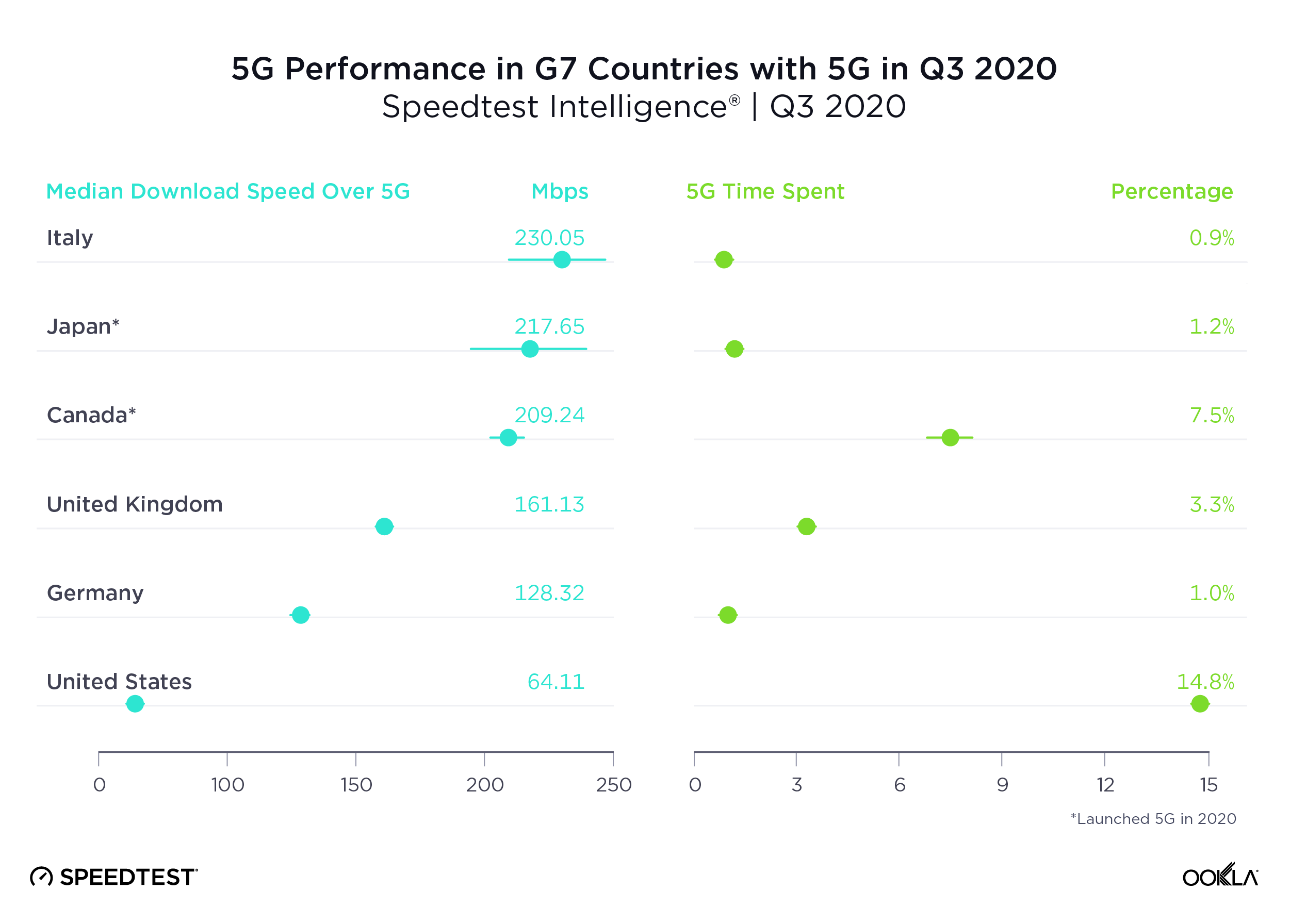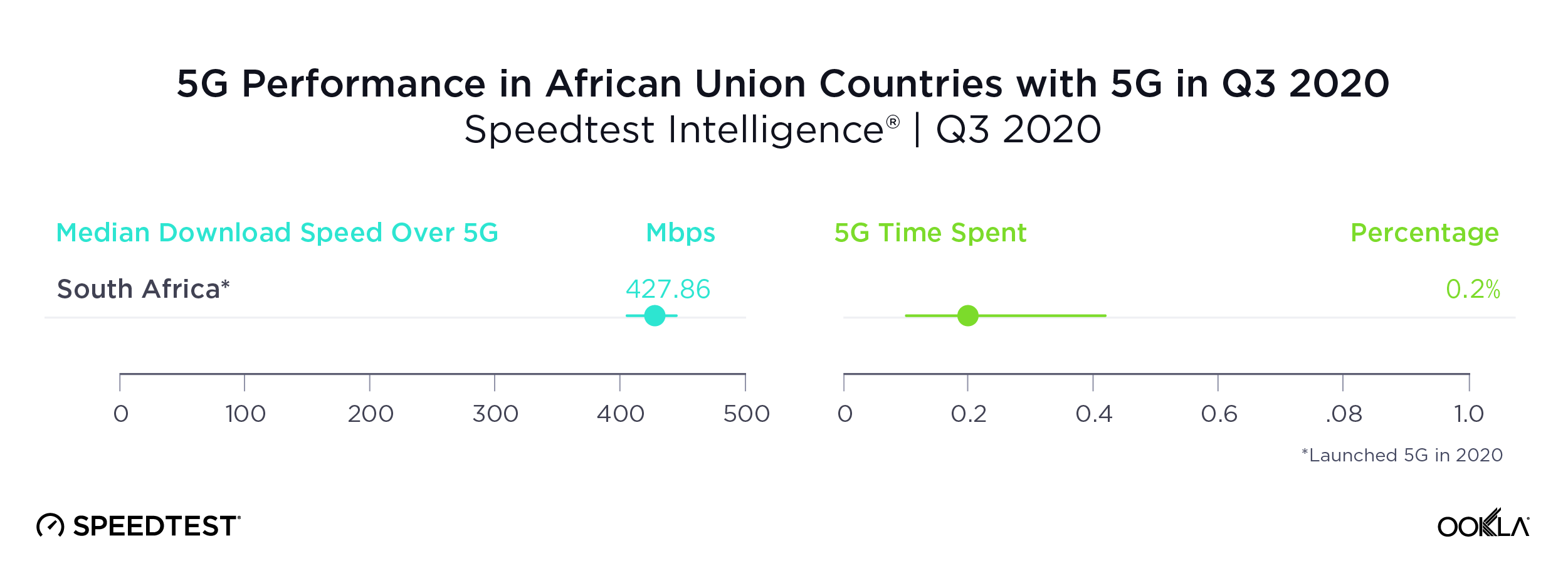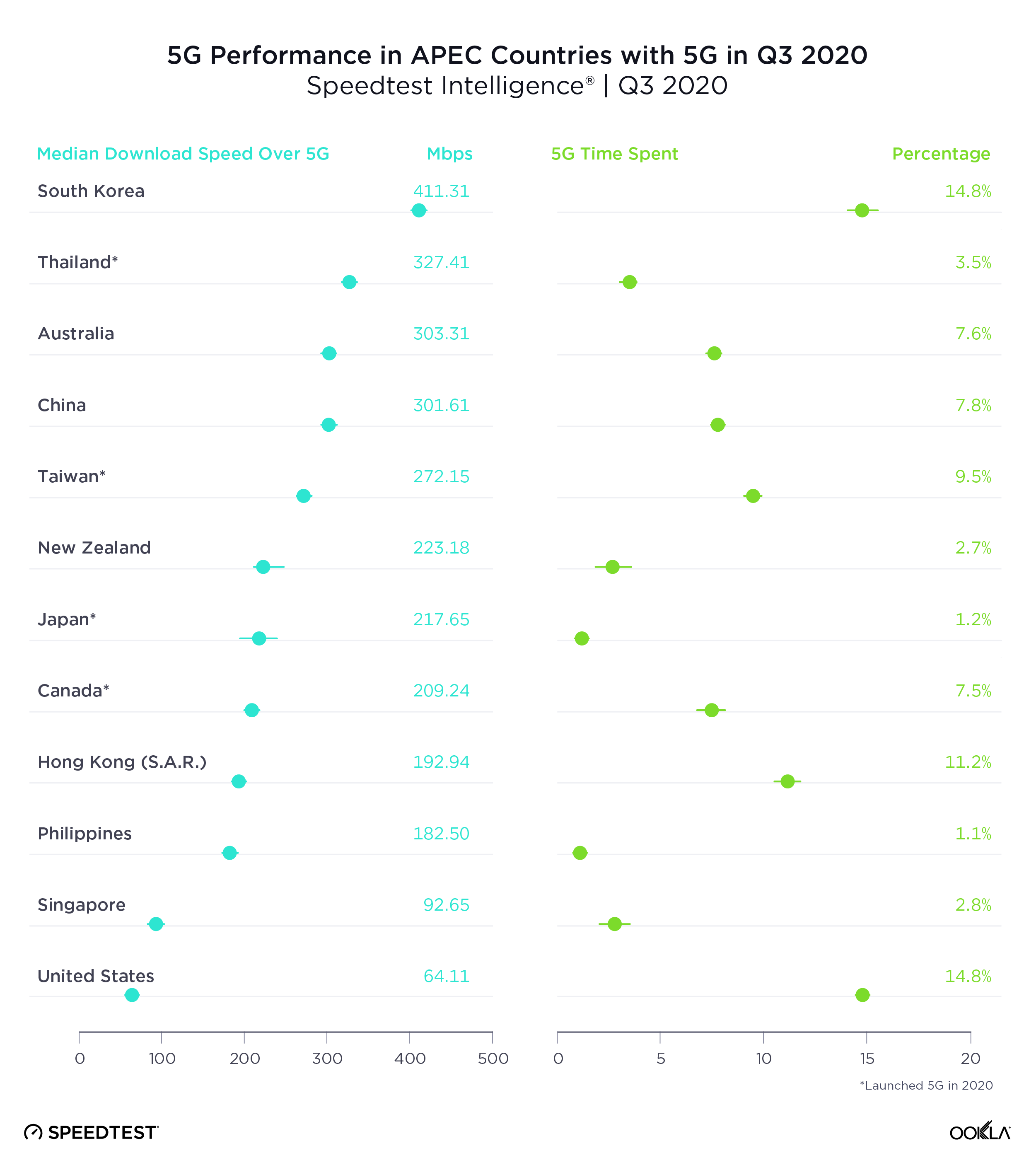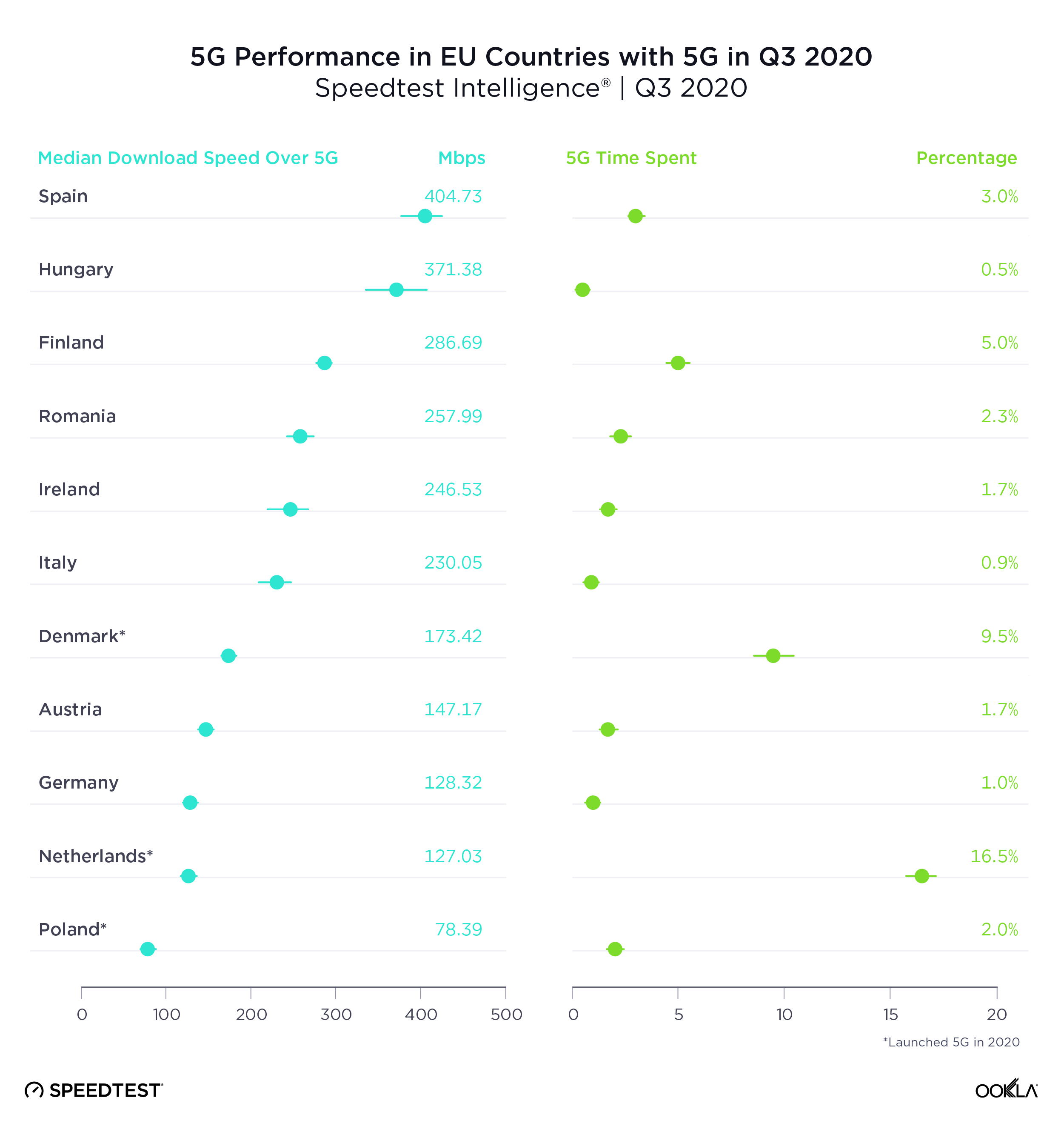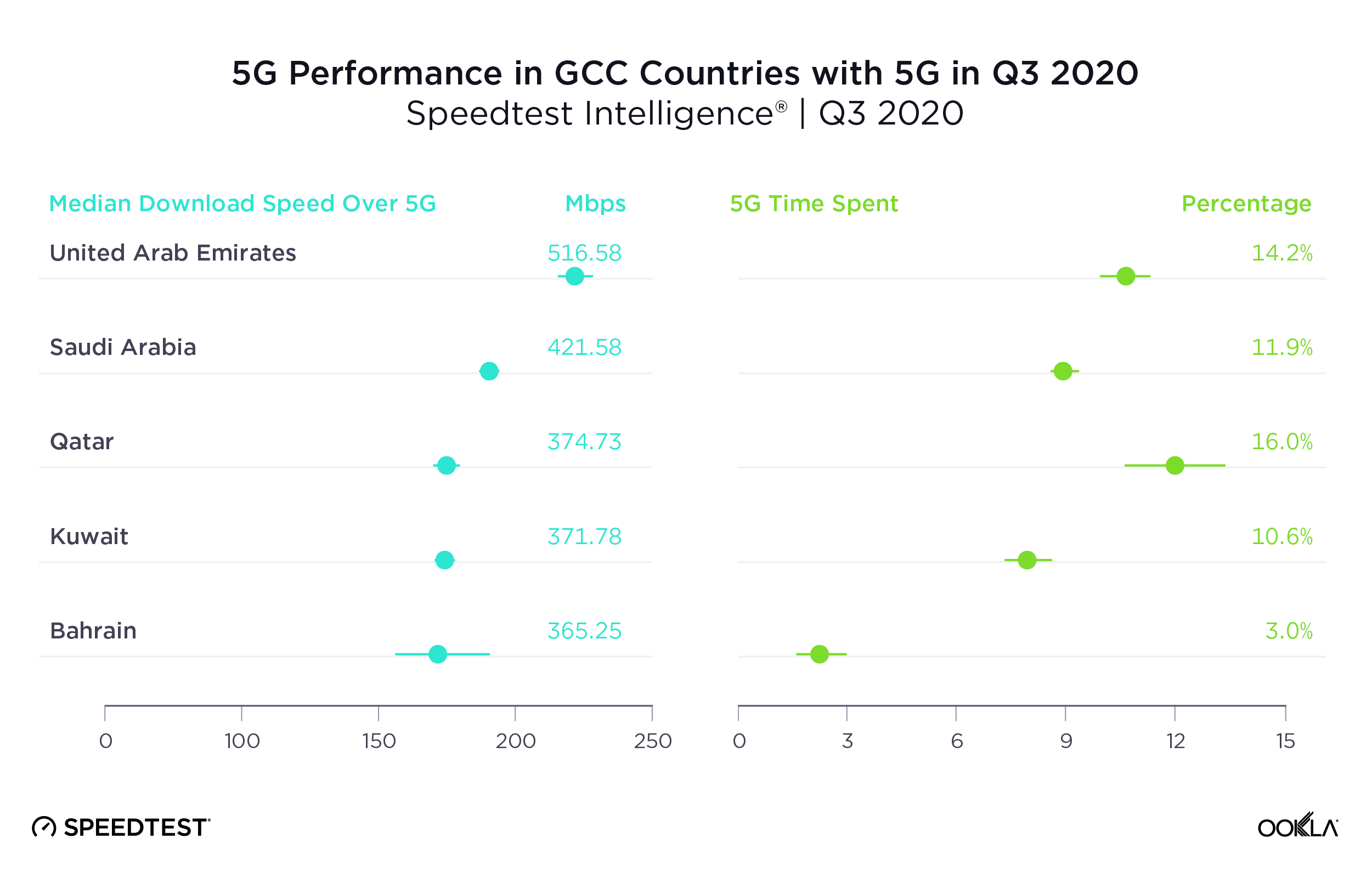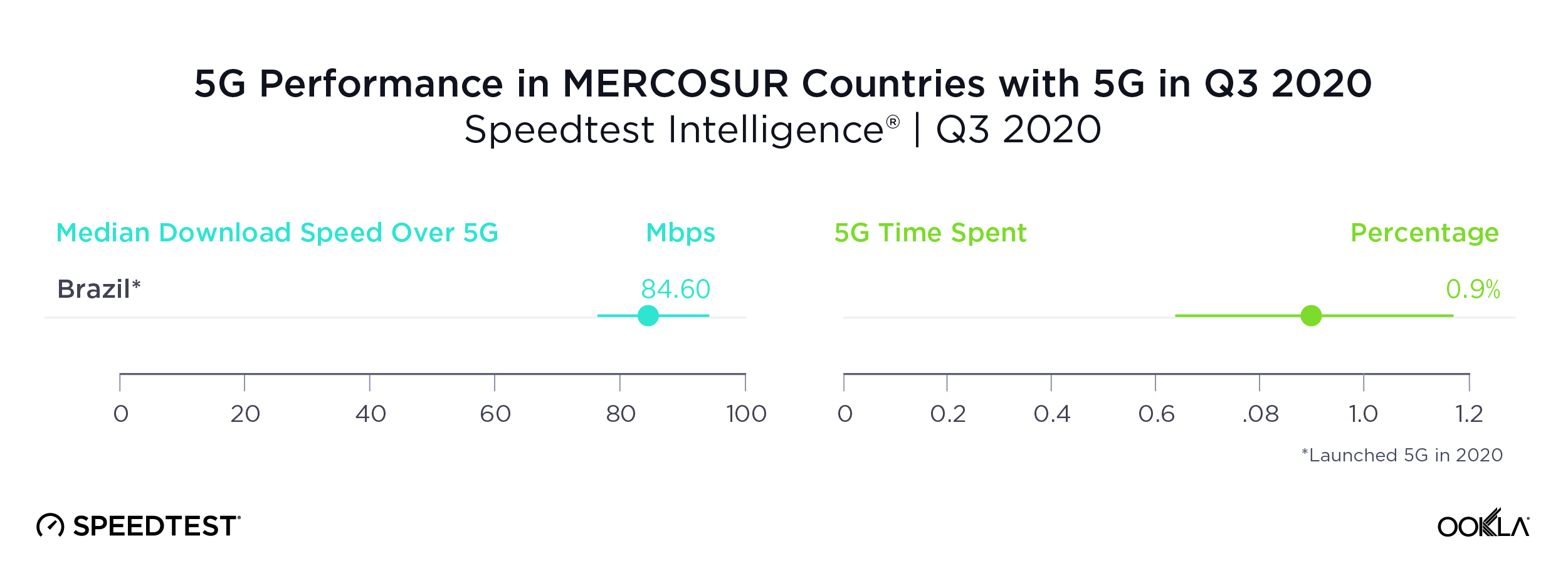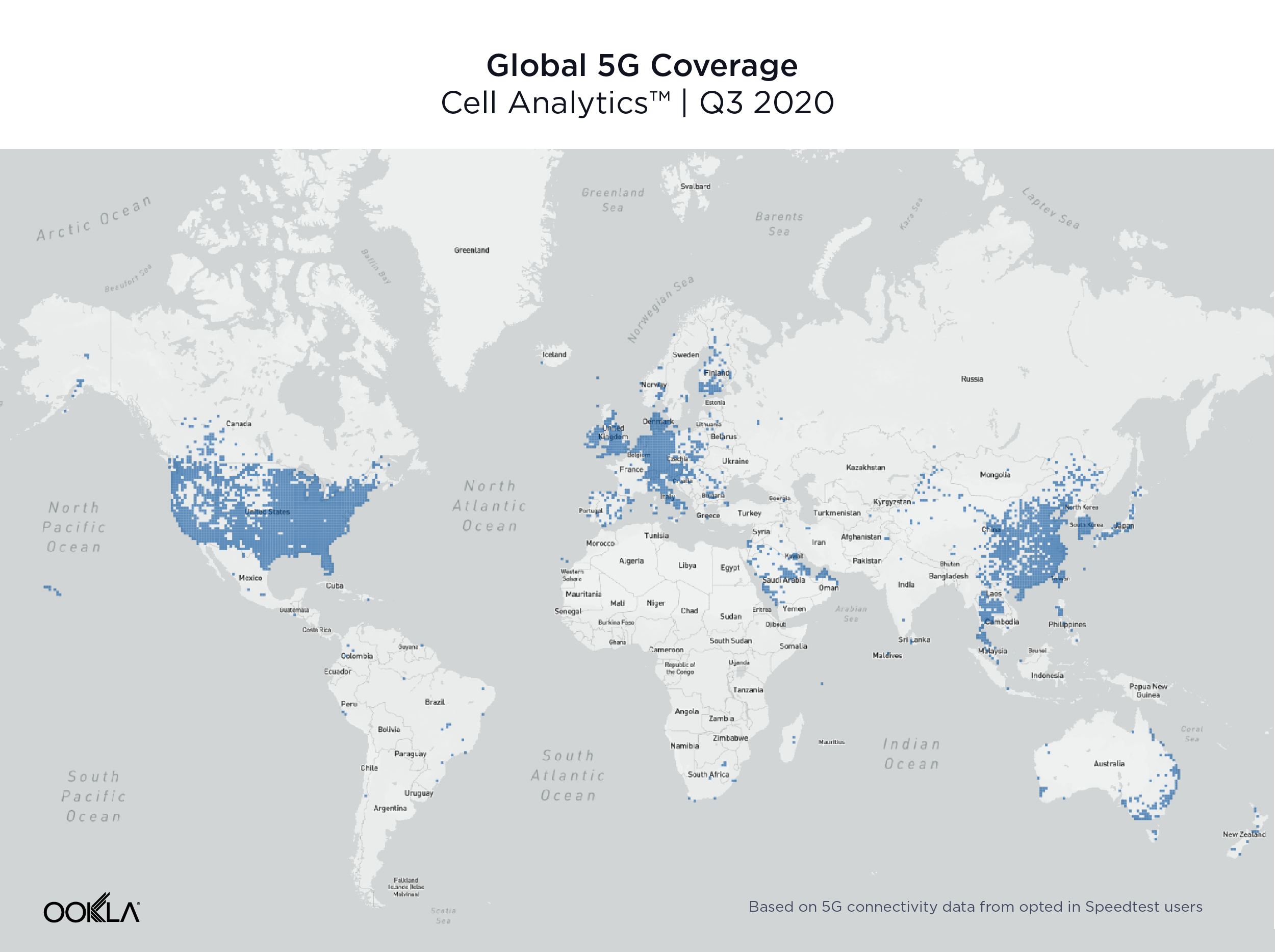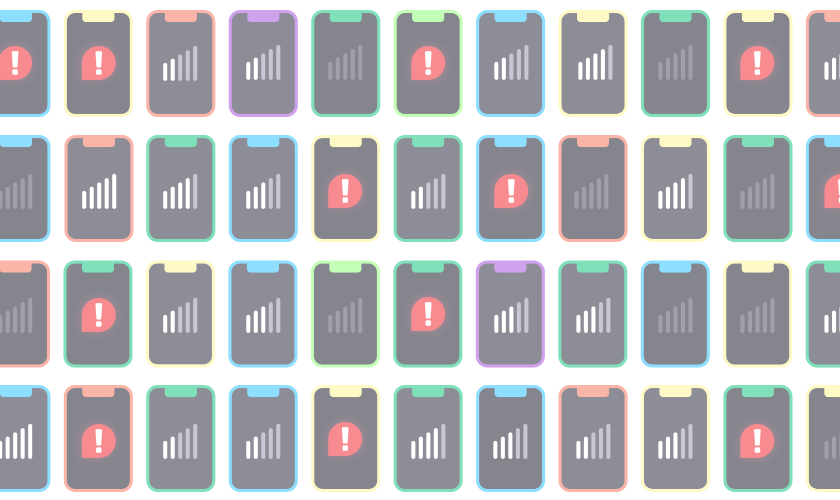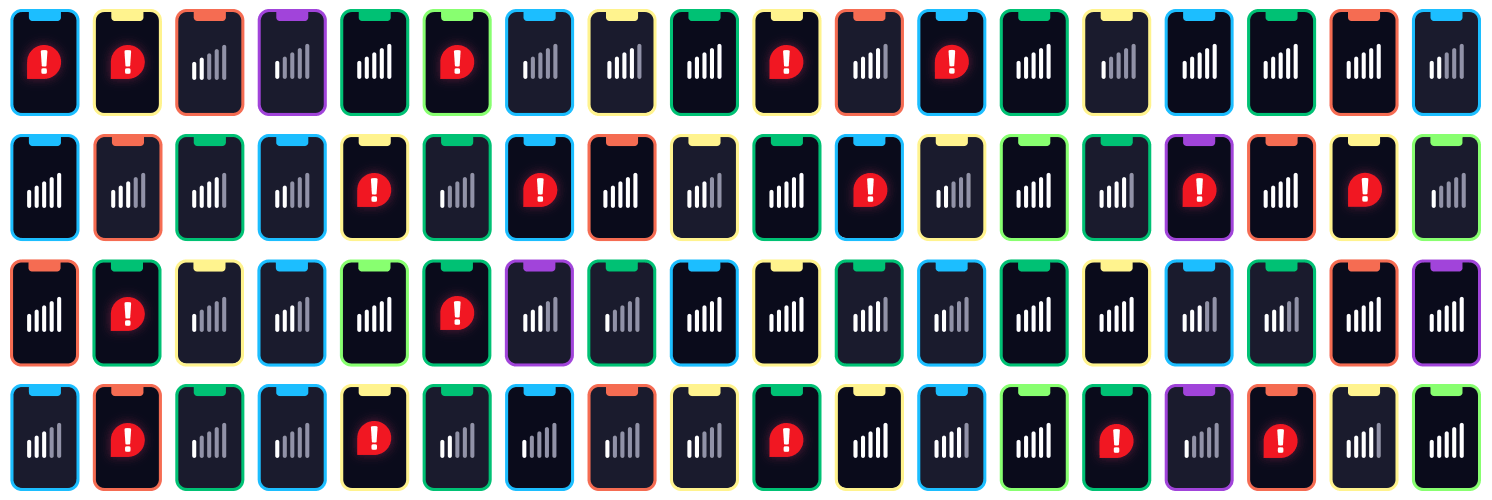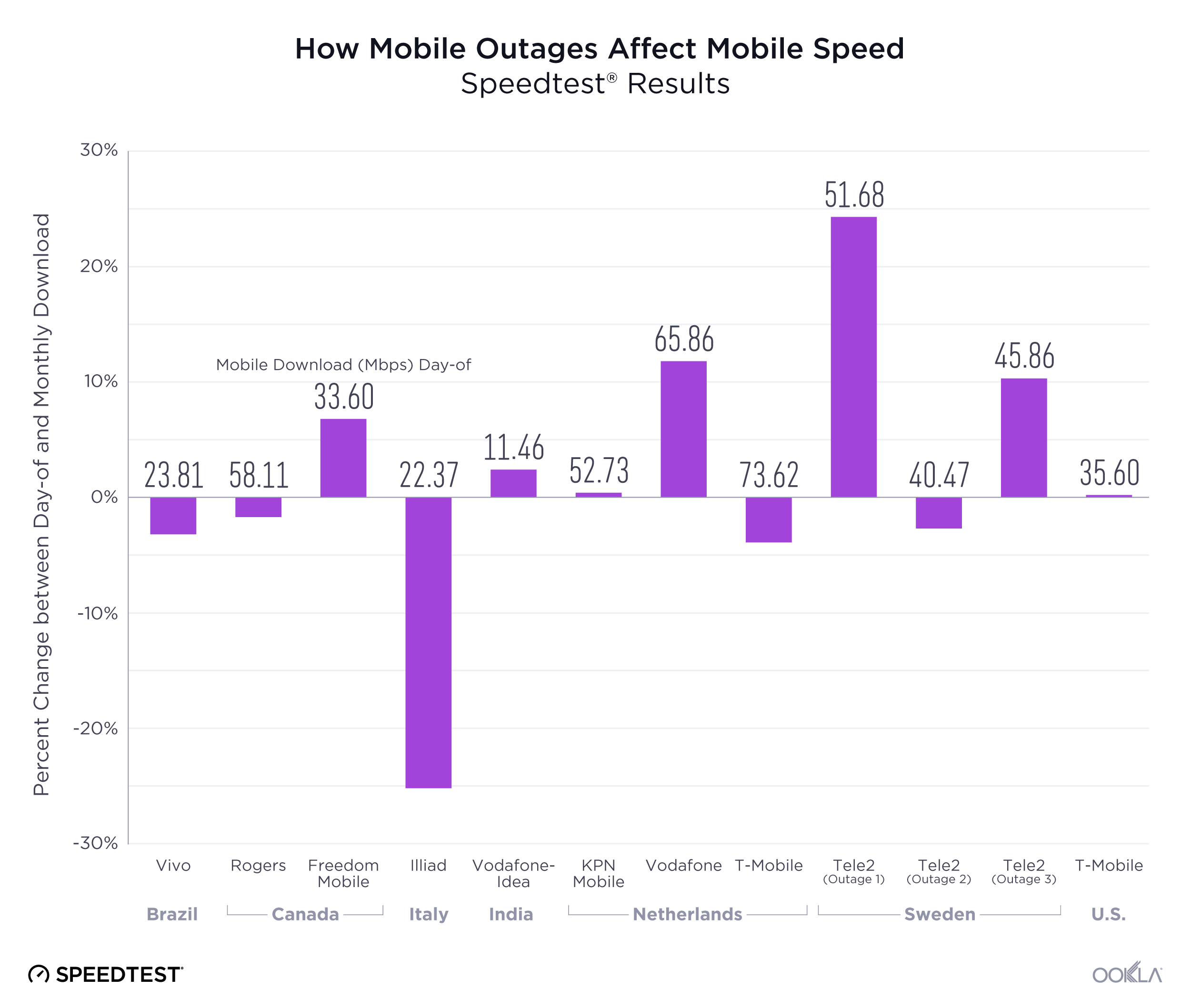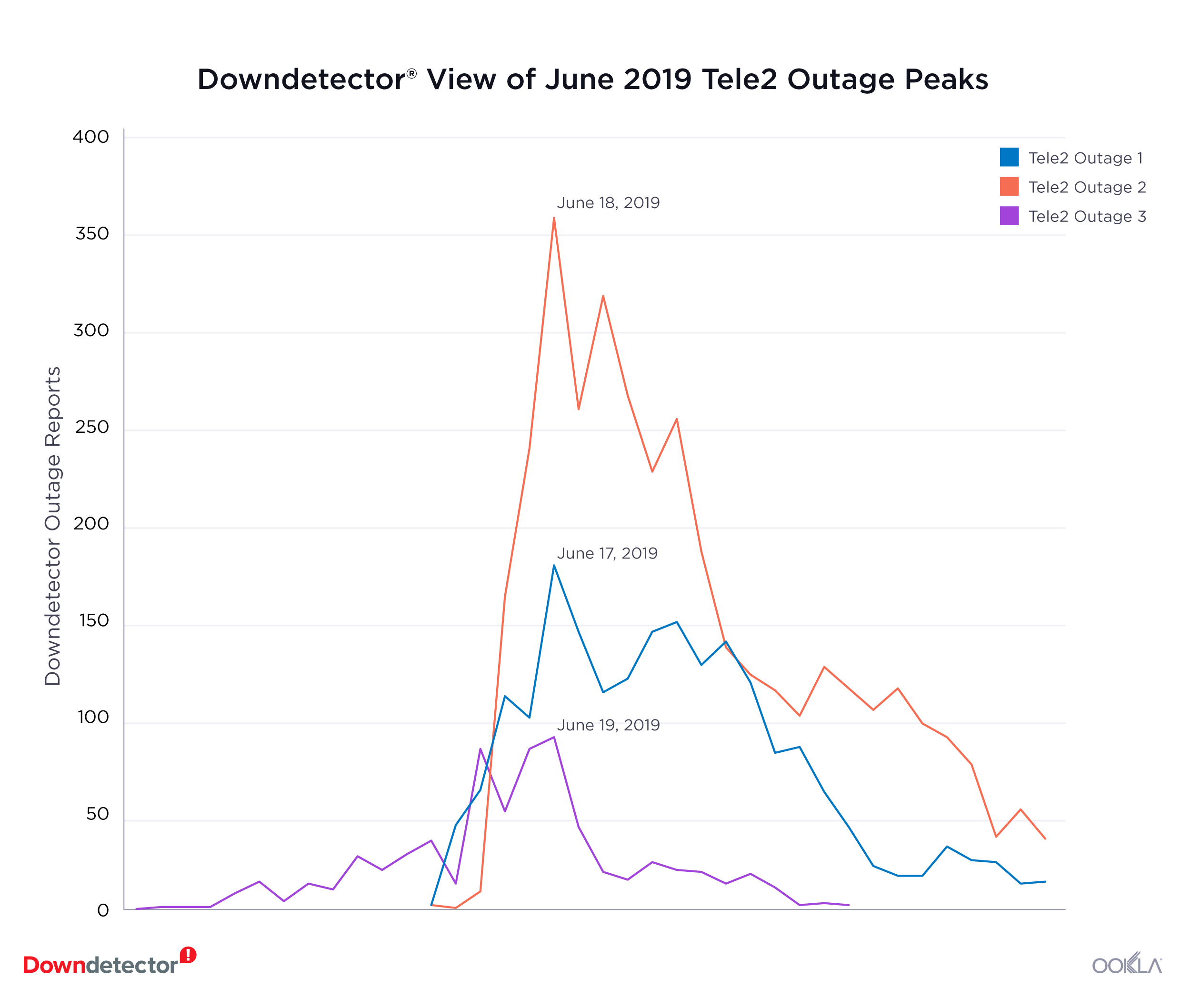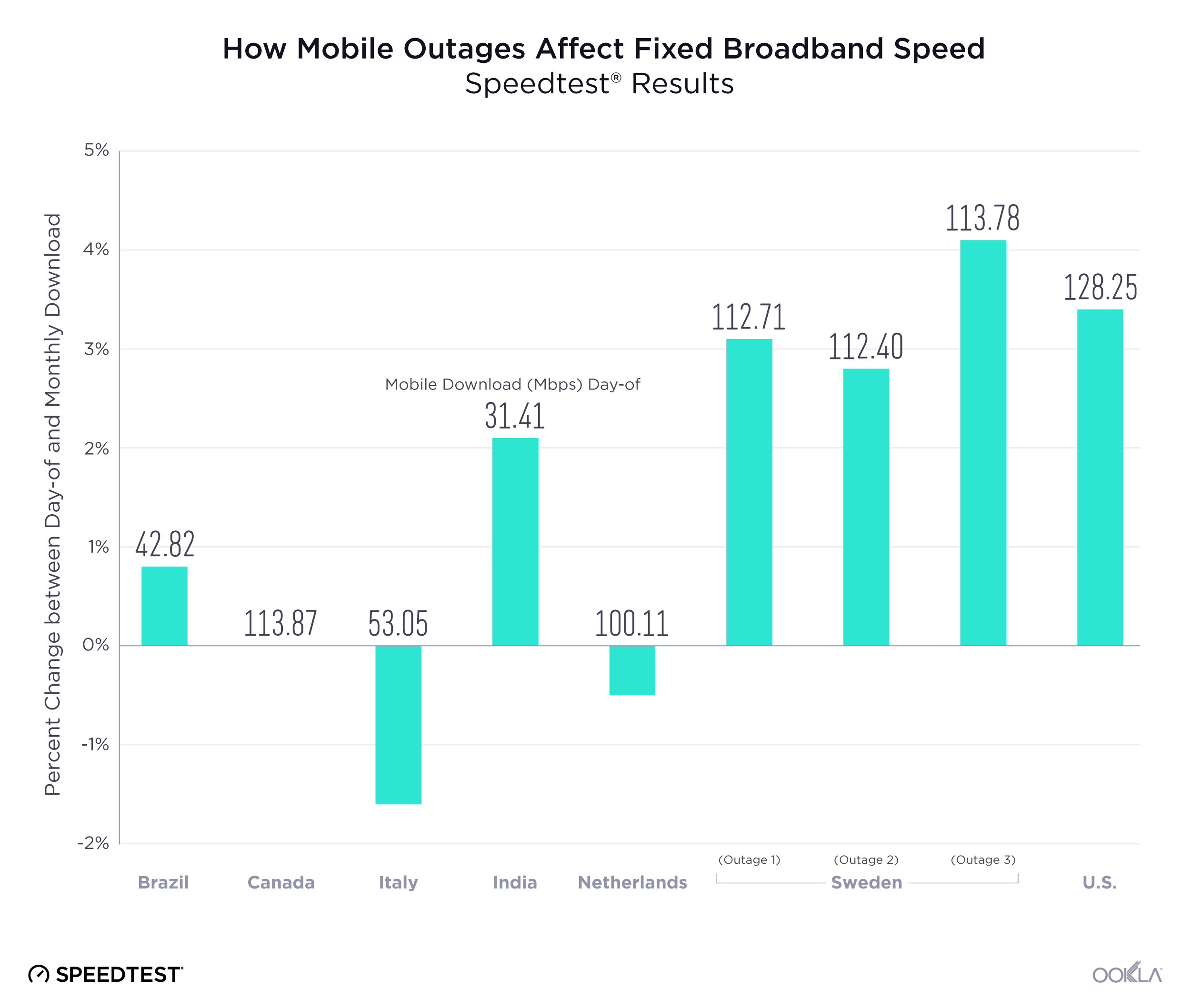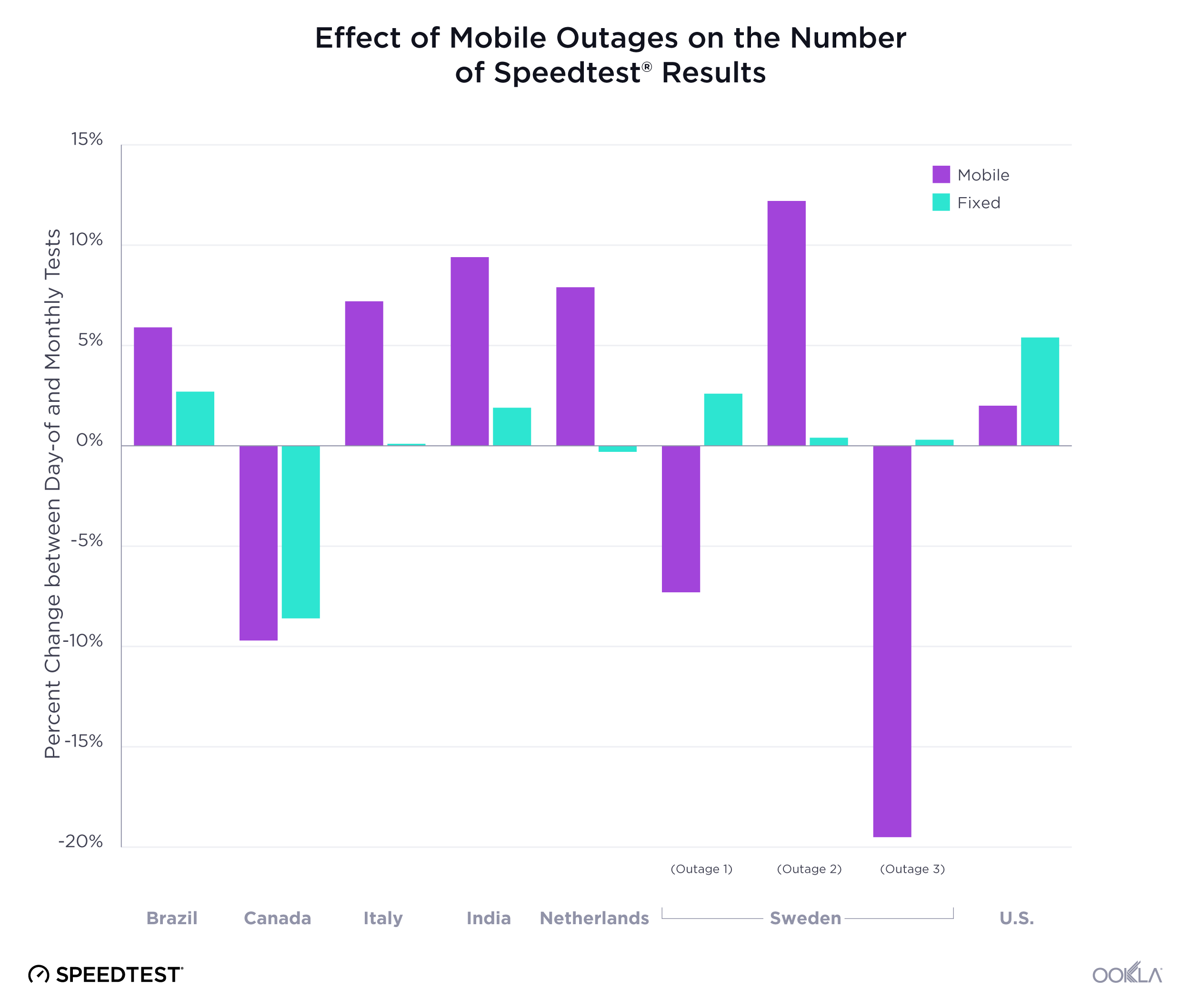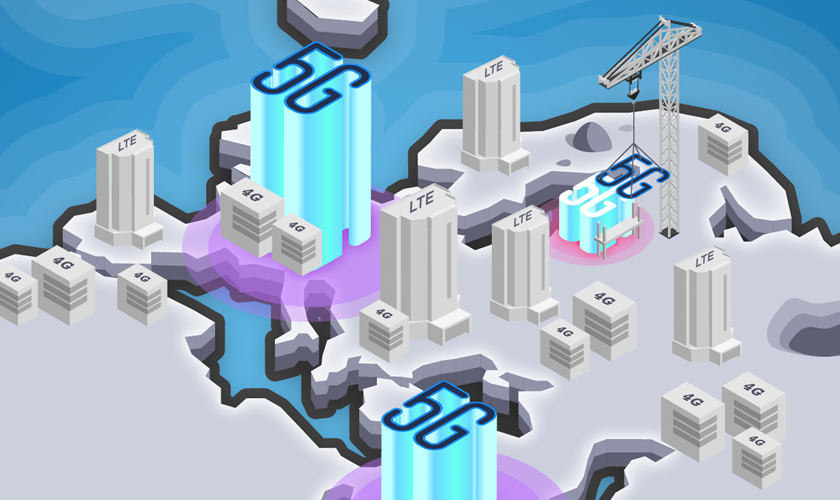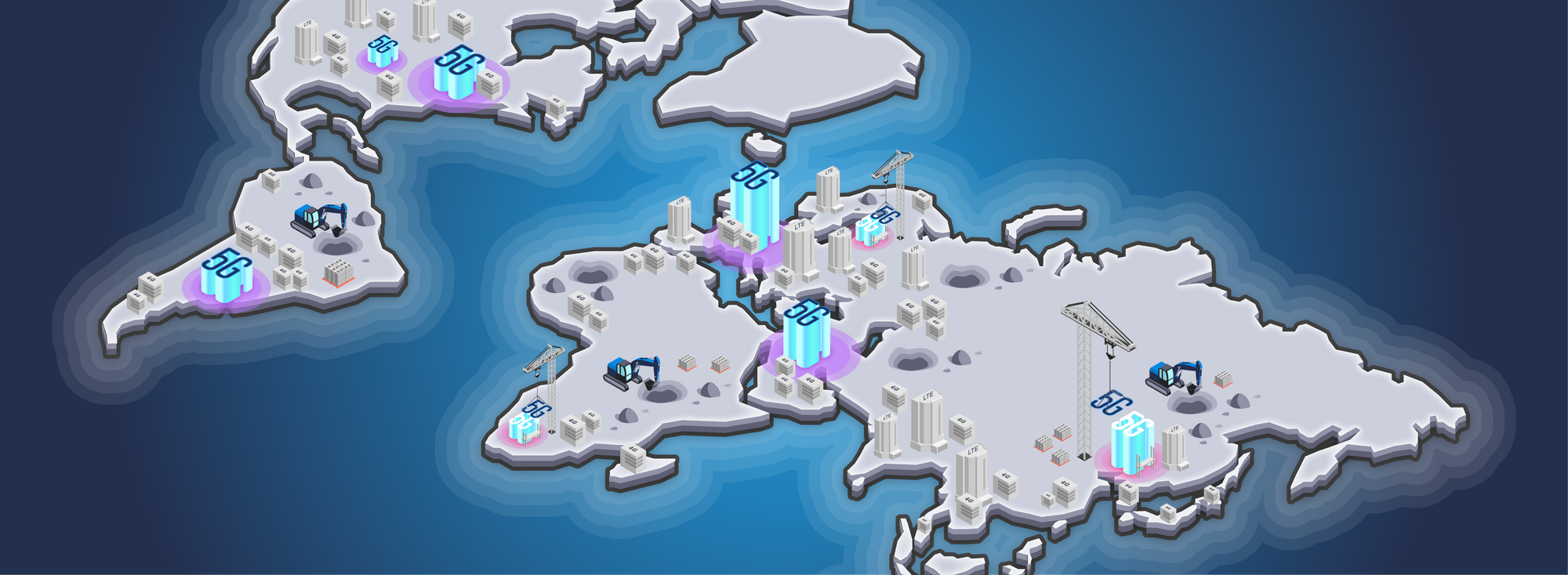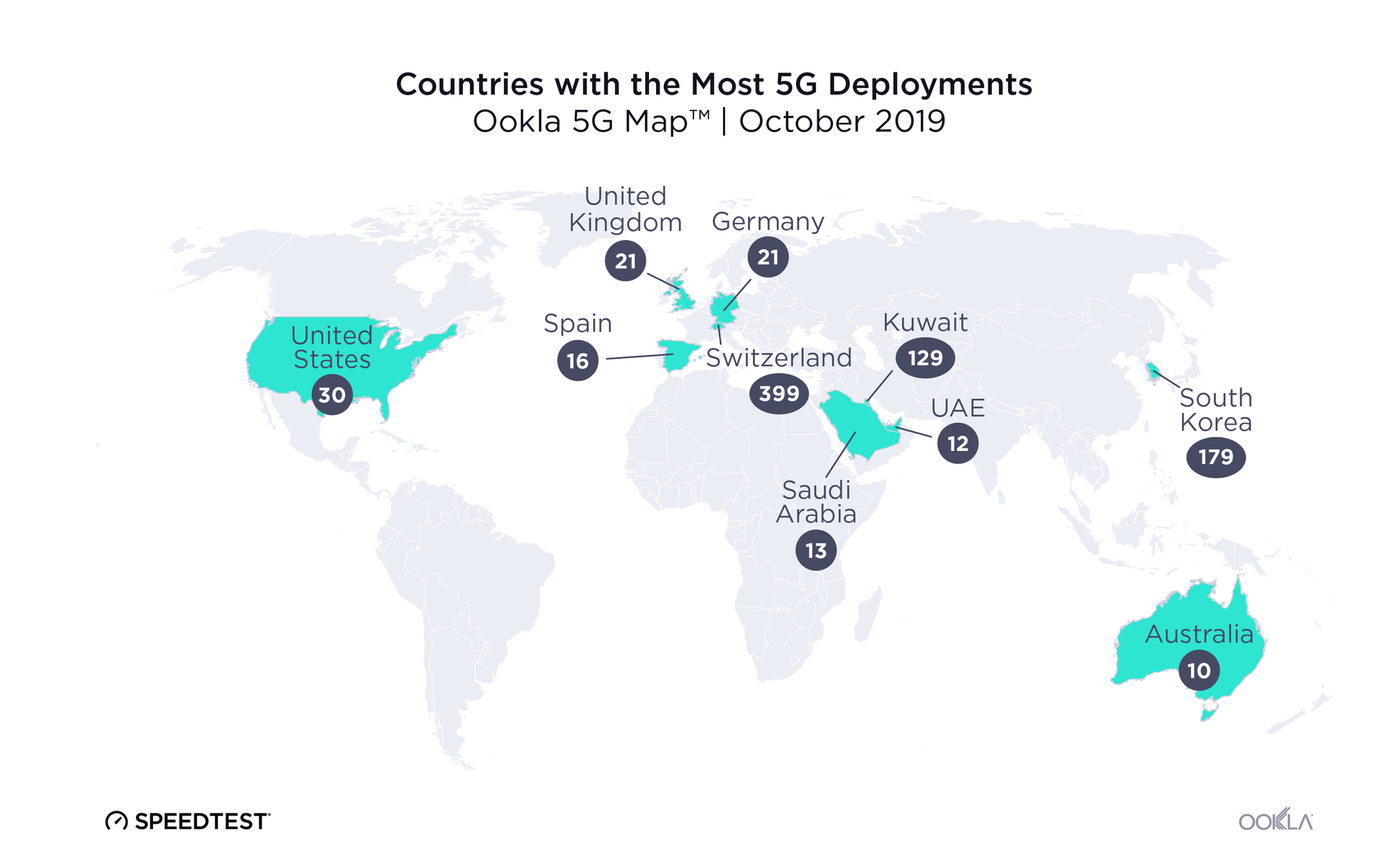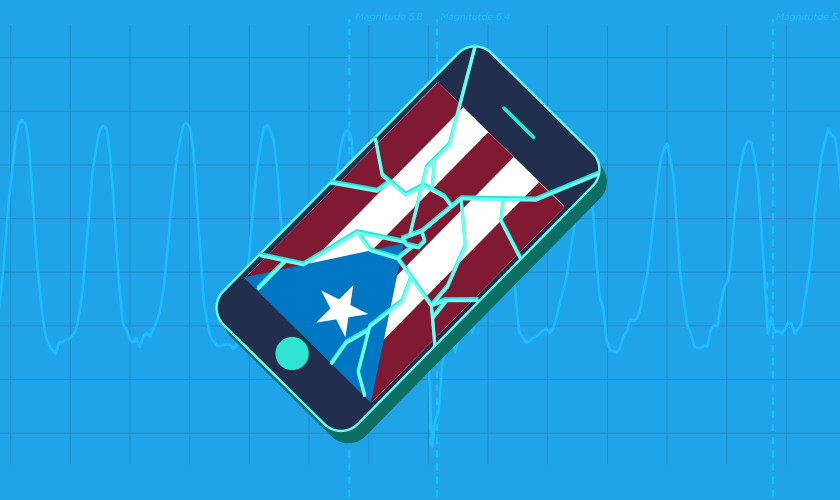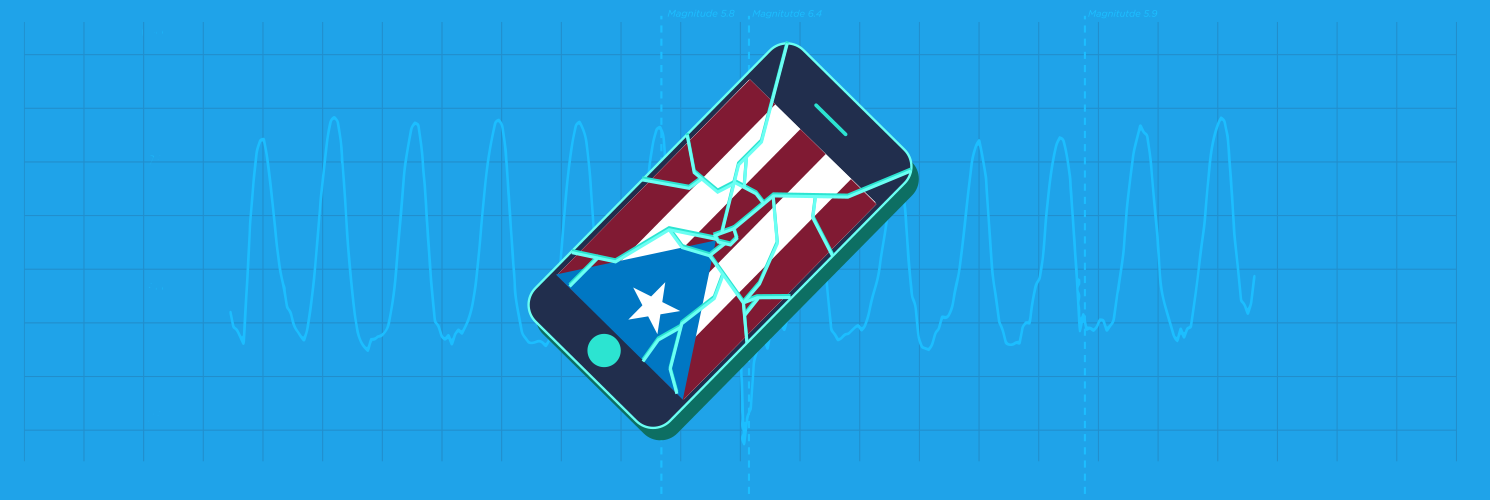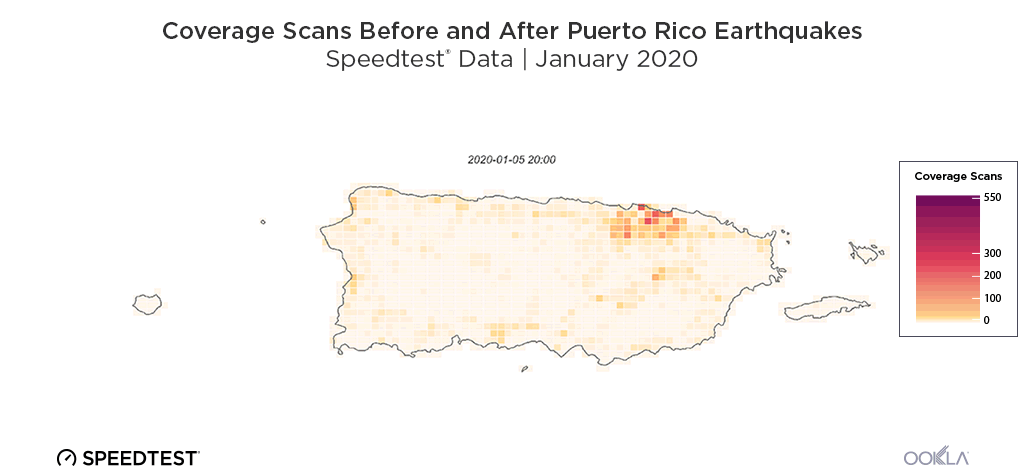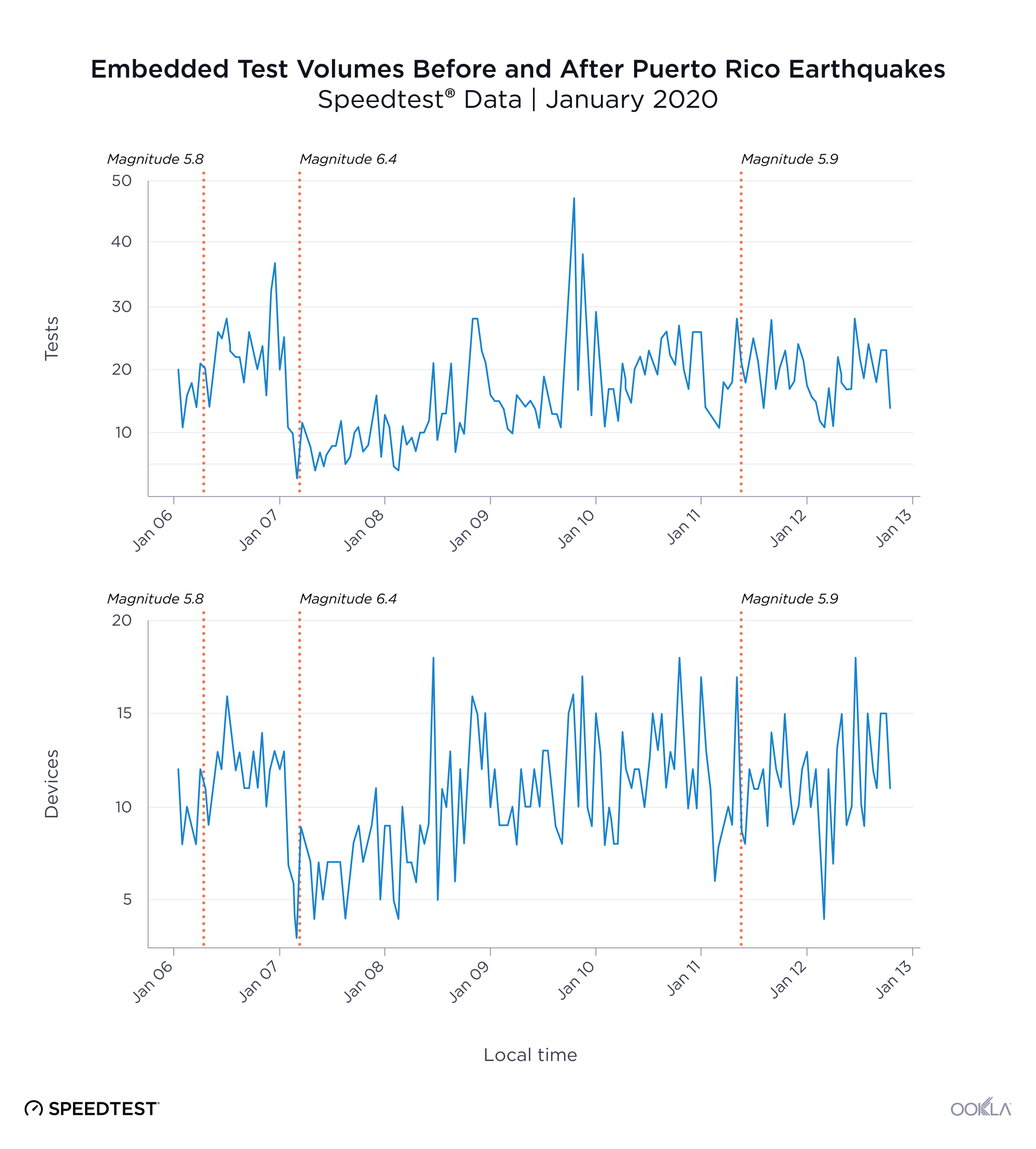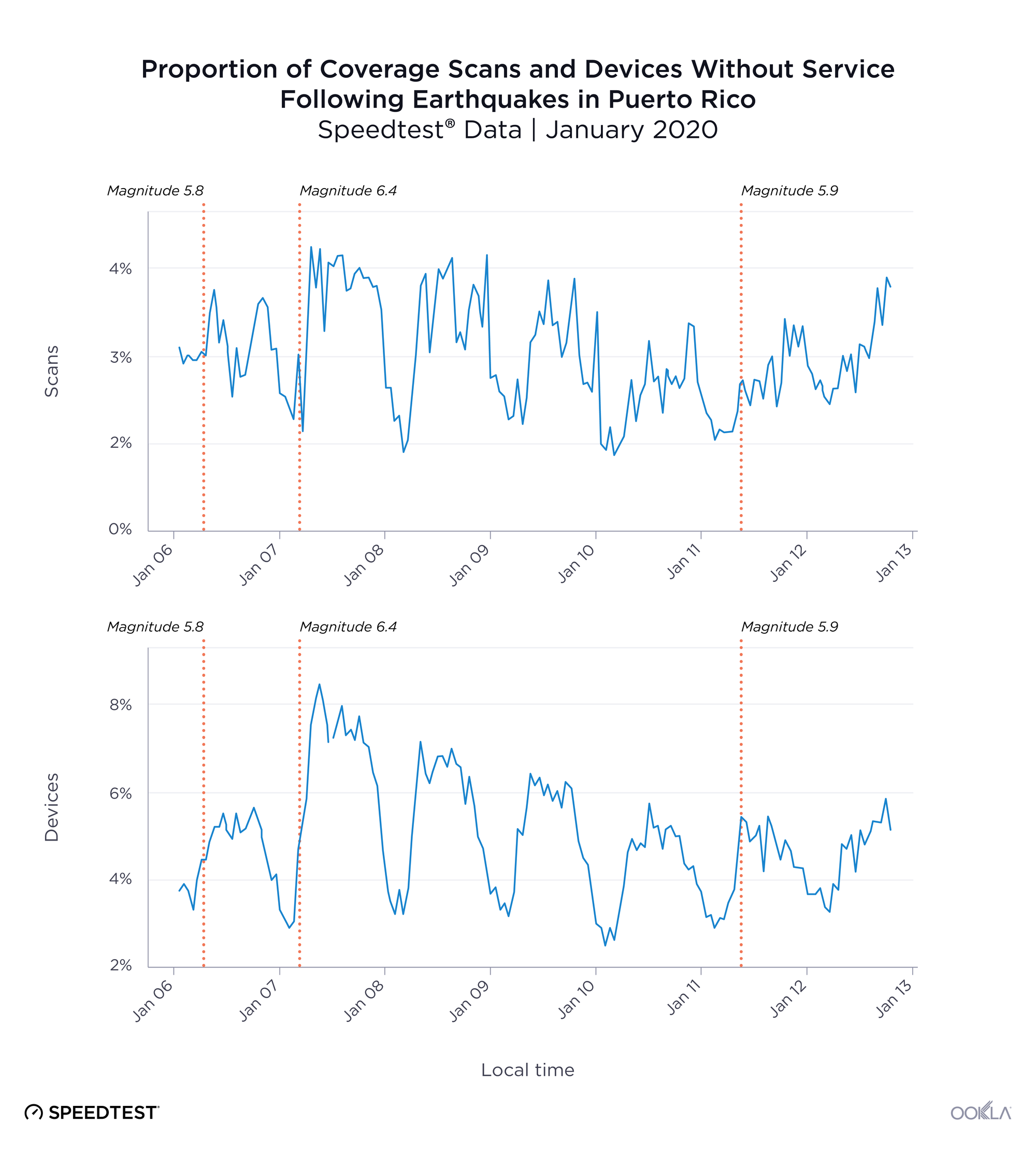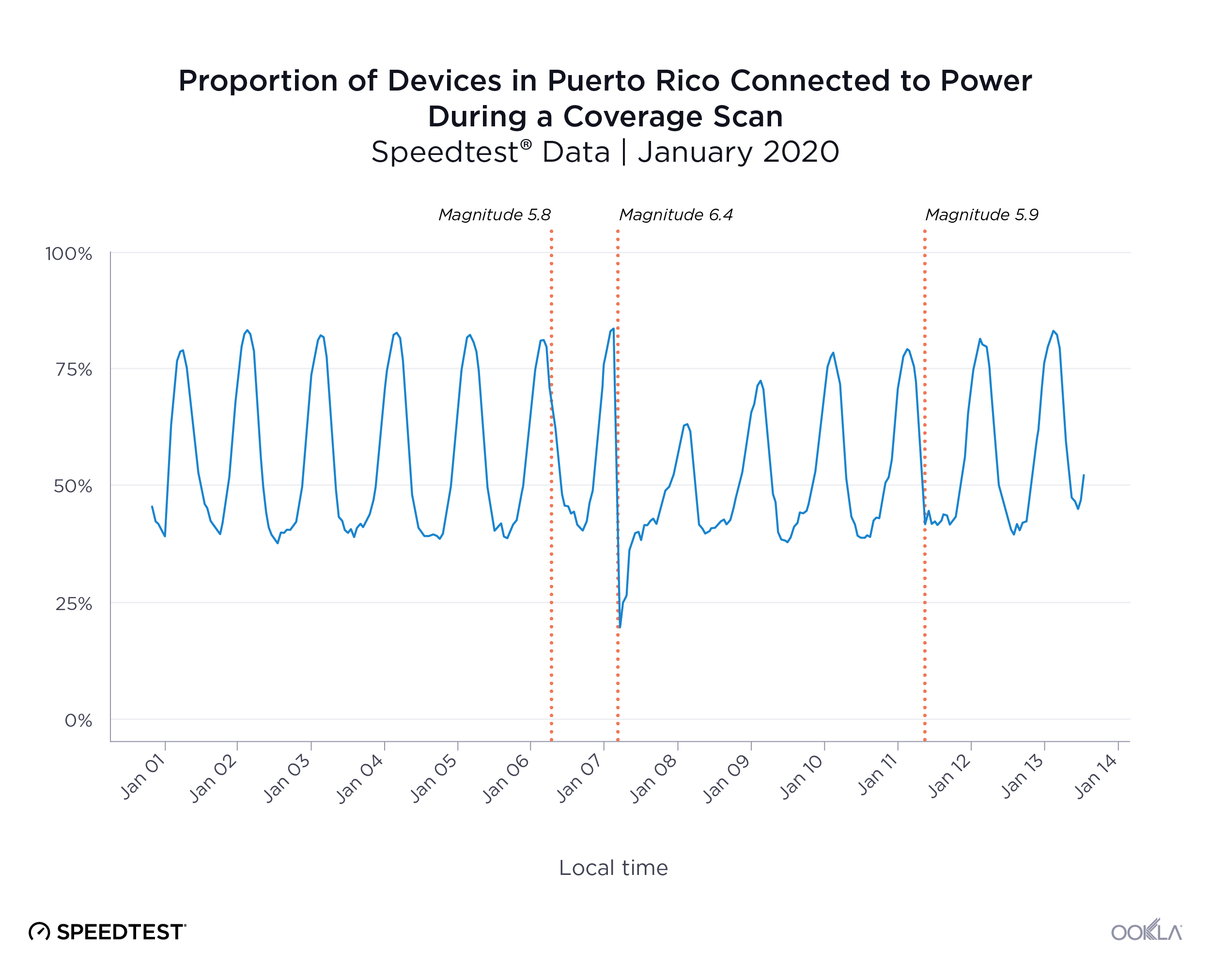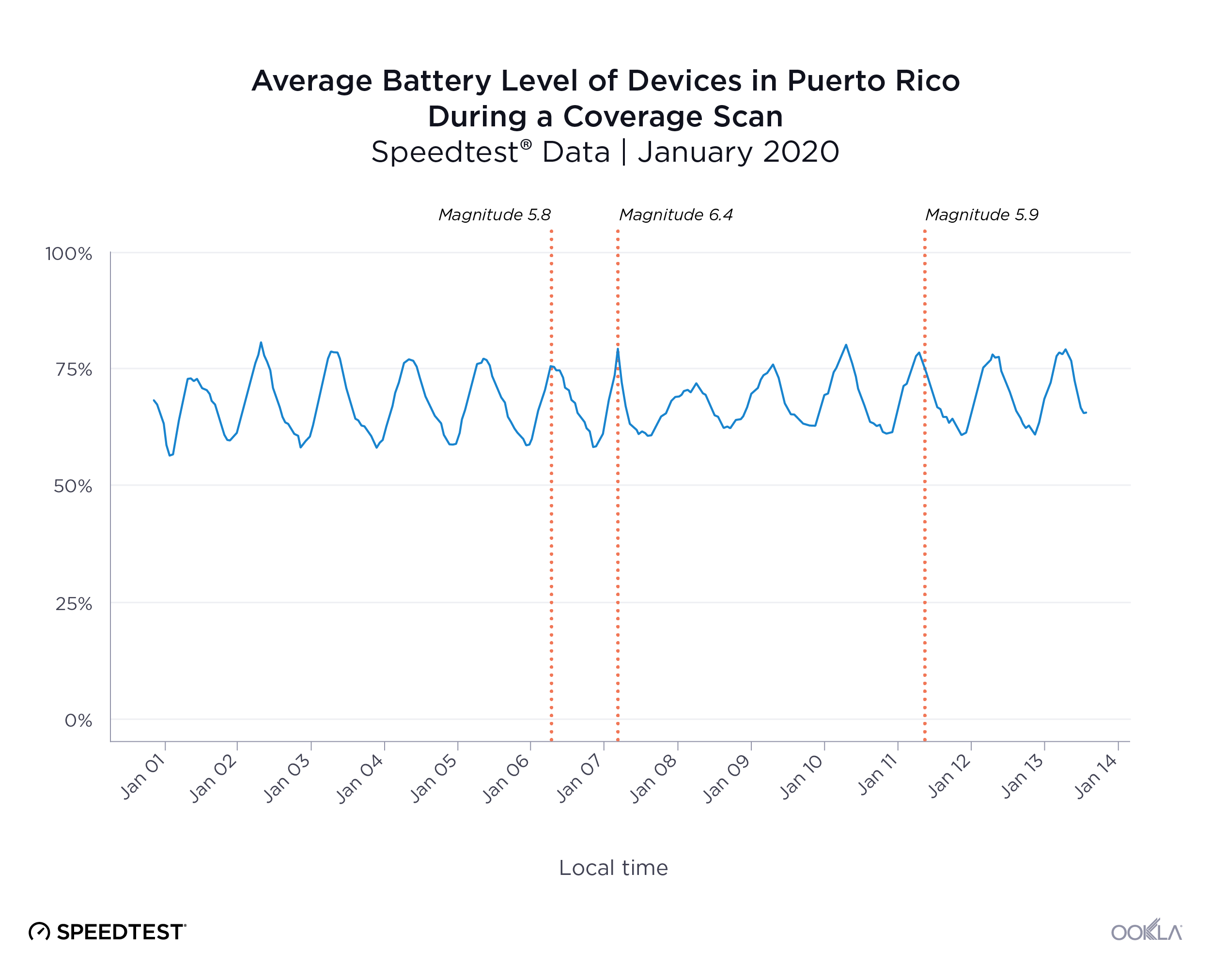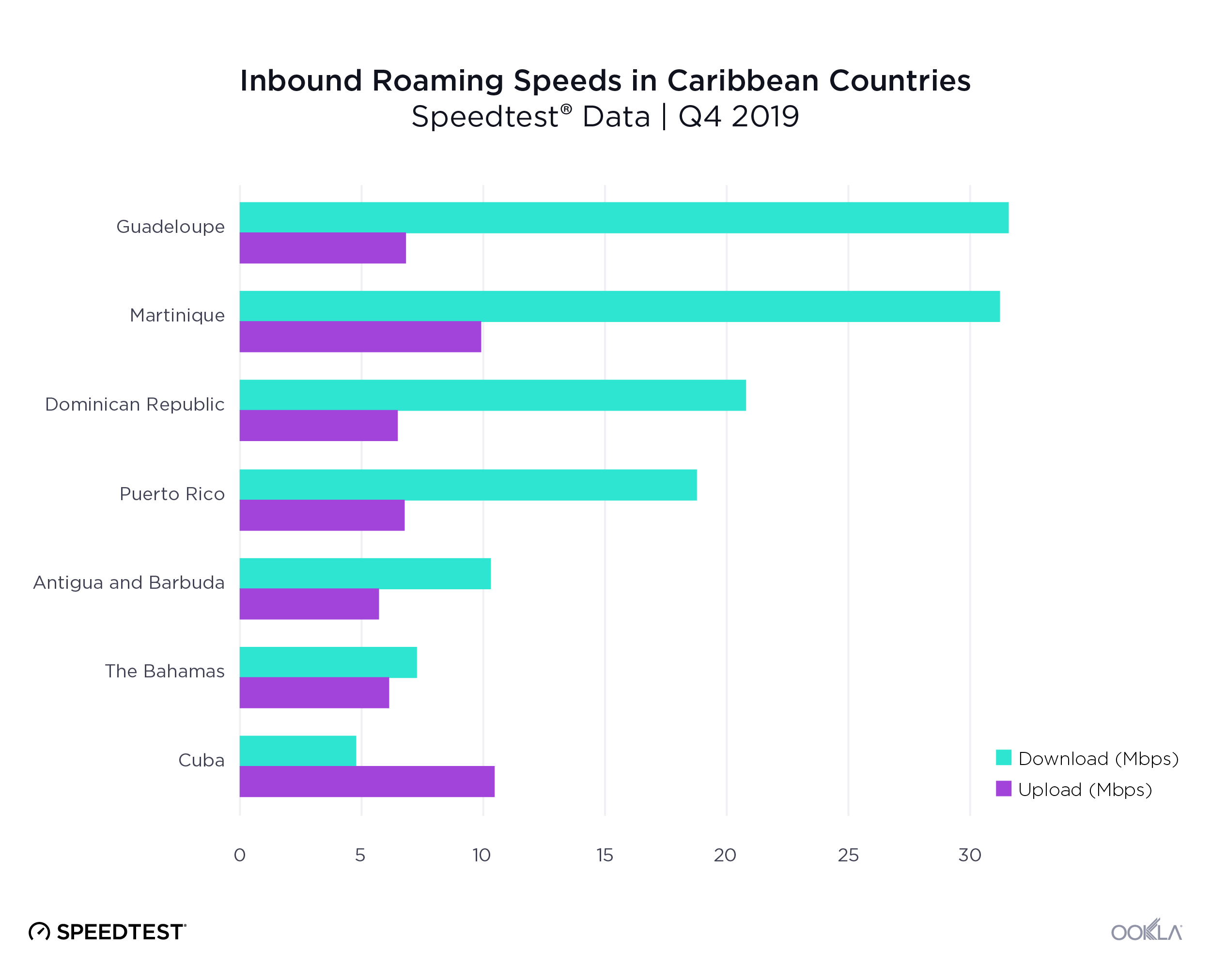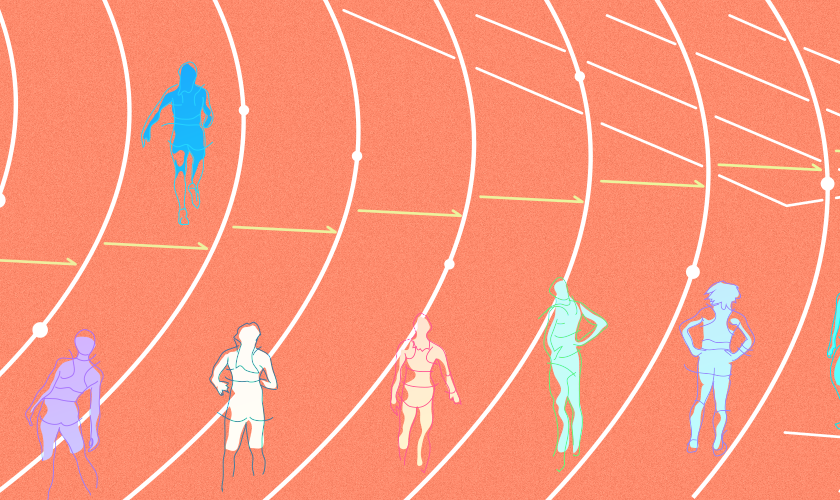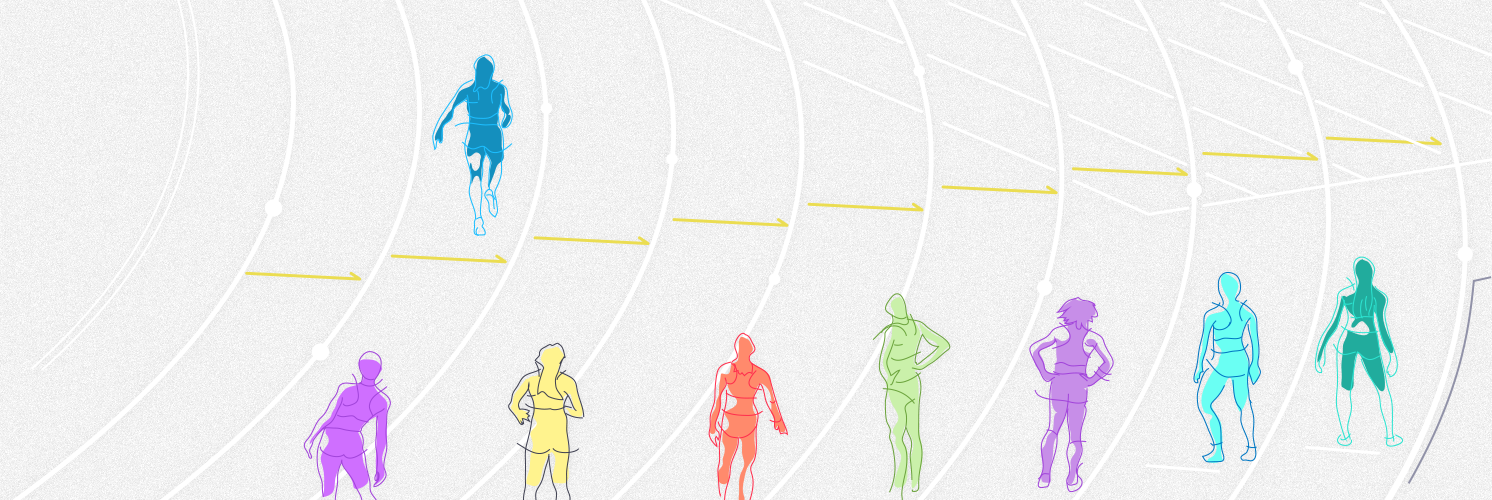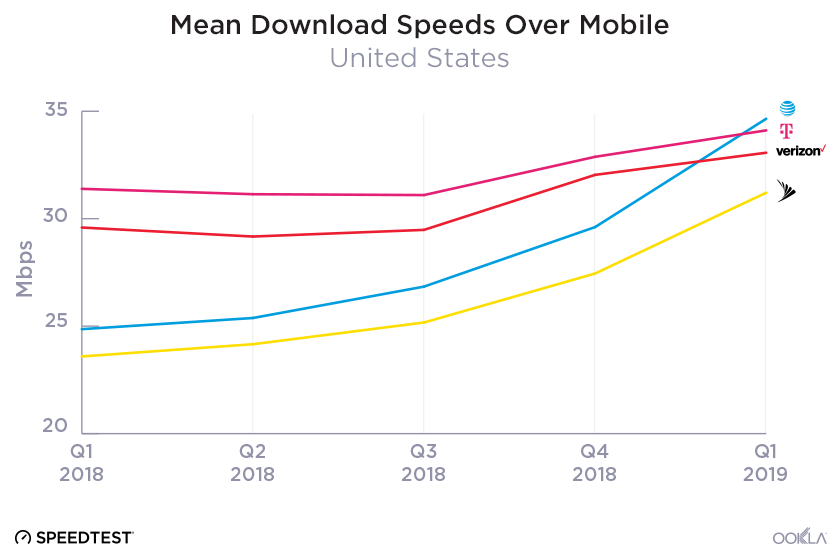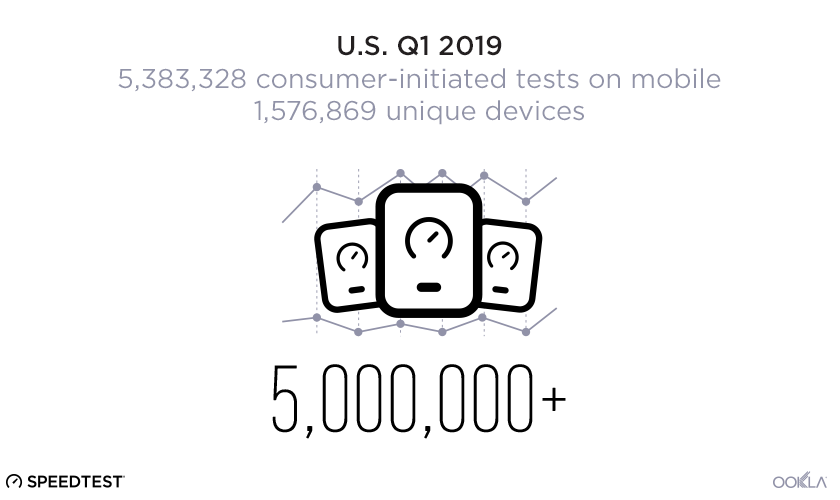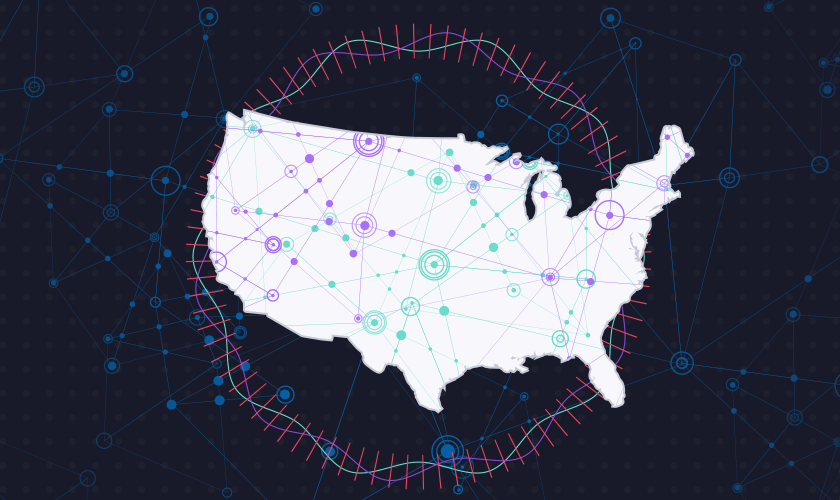

Investment in broadband infrastructure in the United States is long overdue. The past two years have revealed how critical the internet is to daily life for everyone, and yet far too many people don’t have adequate speeds and service, even in wealthier areas like Loudoun County, Virginia, near Washington, D.C. The bipartisan omnibus infrastructure bill is a once-in-a-generation opportunity to address the digital inequities plaguing our country by connecting millions of Americans with critical services that many of us take for granted.
Ookla strongly supports the passage of the Infrastructure Investment and Jobs Act. As we all look on to see if this bill will successfully pass the United States House of Representatives, we’ve taken a close look at what the bill could mean for internet connectivity in the U.S. and why this bill is essential to bridging the digital divide.
17% of counties do not have access to “adequate” internet speeds
Data from Speedtest Intelligence® shows that 17% of counties with sufficient samples didn’t meet the minimum median speeds for the current FCC definition of broadband (25 Mbps download / 3 Mbps upload) in Q2 2021.
Worse, if you’ve ever tried to have a video call while someone was doing anything else online, you know that a download speed of 25 Mbps will likely result in massive lags for at least one of those users, if you can stay connected at all. That’s why the Senate bill will incentivize network expansion funding for networks offering speeds of 100 Mbps download and 20 Mbps upload or more. While these speeds are a far better benchmark for our modern and evolving lives, 92% of counties with sufficient samples did not meet this new proposed threshold in Q2 2021.
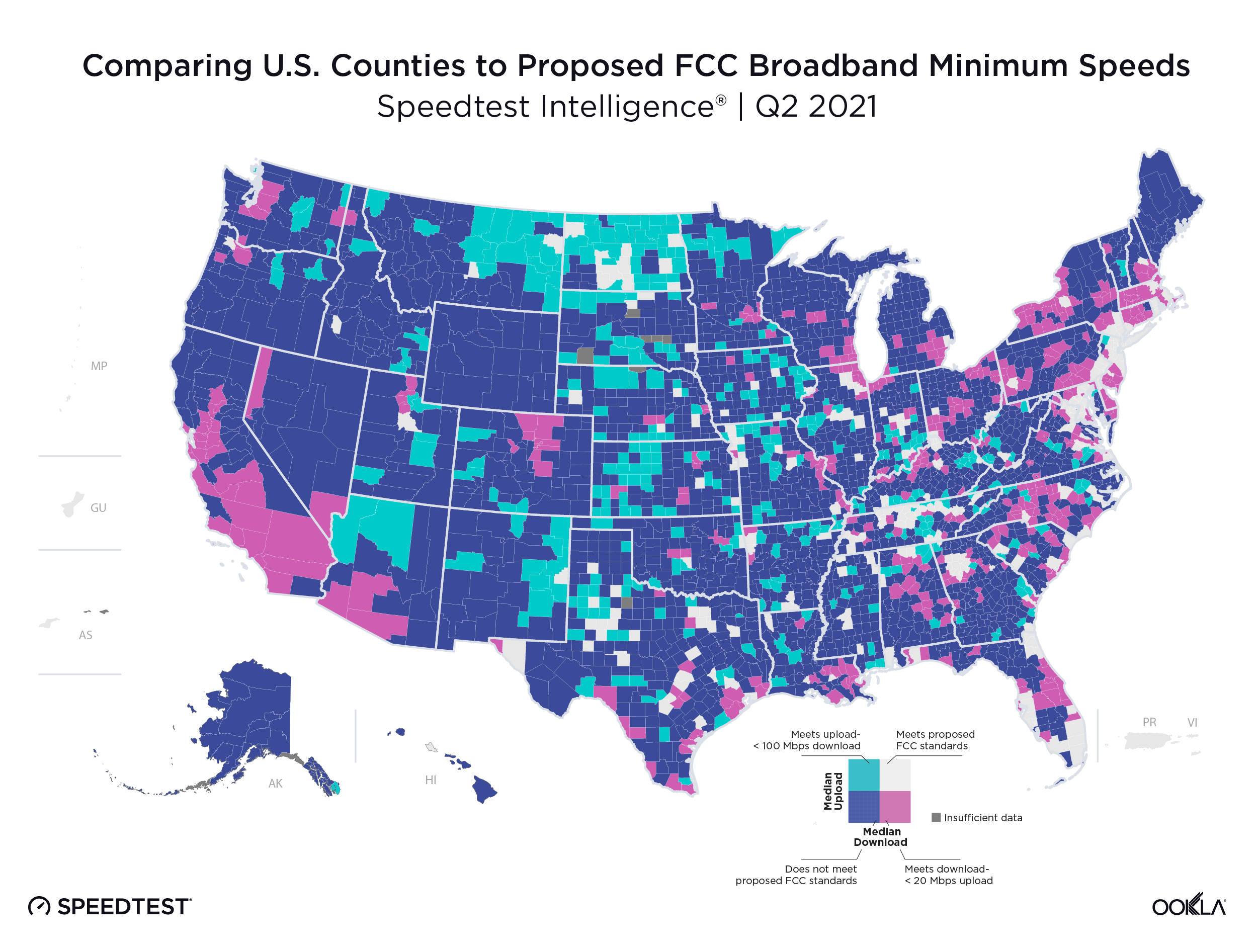
The maps above show which counties do meet the current and proposed FCC minimums. While more than 80% of U.S. counties met the FCC’s current broadband minimum in Q2 2021, the counties that don’t are in the places that are already deeply economically disadvantaged — rural areas including Appalachia and the deep South.
The map for proposed speeds shows the less than 10% of counties that met the proposed 100 Mbps download / 20 Mbps upload speed in Q2 2021 were largely in urban areas. We saw other urban counties with high download speeds and some Midwest counties with high upload speeds stand out as having met half the requirement, but those places will need more investment to reach the proposed standard.
Of course, determining where best to direct broadband investment requires a much more granular approach, but examining data aggregated by county is a great way to compare connectivity across the entire country. Some counties shown as having adequate service will have pockets needing investment. For the purpose of this high-level view, should an entire county average throughput speeds below federal broadband definitions, it is assuredly in need of assistance.
What the Infrastructure Investment and Jobs Act does for broadband infrastructure and working to end digital disparity
Our careful review of the Infrastructure Investment and Jobs Act shows the provisions that could specifically put the U.S. on the path to being a global leader in internet connectivity:
- Increase deployment. The bill currently allocates $42.45 billion for deploying improved internet infrastructure. Each state will receive a minimum of $100 million and U.S. territories split another $100 million. Up to 5% of funds may be used for planning and mapping. This would allow state and local governments to look closely at what areas are unserved or underserved by broadband in their jurisdictions and actually build the infrastructure to connect them.
- Expand the Emergency Broadband Benefit (EBB). This program, originally funded at $6 billion, currently provides subsidies to low-income households to directly pay for broadband. The bill would devote $14.2 billion to funding $30/month subsidies for those who qualify. The program would be renamed the “Affordable Connectivity Program” and increases in funding would be allowed over time. This would continue to connect some of the most economically vulnerable families to the internet.
- Fund the Digital Equity Grant Act. $2.75 billion is included to pay for the "State Digital Equity Capacity Grant" and the "Digital Equity Competitive Grant" programs which finance state and nonprofit programs to increase connectivity and improve digital equity.
- Redefine broadband levels. The bill would formally recategorize “Unserved” locations as those having access to internet slower than 25 Mbps download / 3 Mbps upload. Locations where 80% of people or more lack access to 100 Mbps download / 20 Mbps upload would be labeled “Underserved.” This is critical in acknowledging the level at which most people in the U.S. need access to the internet today.
- Increase funding to the Tribal Broadband Connectivity Fund. An additional $2 billion would go to building broadband infrastructure to and across tribal lands.
- Increase funding to the Rural Utilities Service. This program to serve rural communities would receive an additional $2 billion for the Distance Learning, Telemedicine and Broadband Program.
- Subsidize the Middle Mile Infrastructure Deployment Plan. The bill provides $1 billion for this vital infrastructure that connects individual internet users with the backbone of the internet. At a cost of tens of thousands of dollars per mile, this may not go far enough, but it is a start.
- Finance Private Activity Bonds. $600 million is written into the bill to back private financing of broadband efforts.
- Expand the definition of “anchor institutions.” Places like schools, libraries and healthcare facilities have long been considered locations people could go to in order to access broadband when they don’t have access at home. This bill expands that list to include: public safety entities, institution of higher education, public housing and community support organizations. This expanded list of anchor institutions increases the number of places community members can access broadband and the institutions are eligible for funding to provide that broadband.
Failing to invest in broadband infrastructure is failing the future of the U.S. economy
The COVID-19 pandemic revealed how critical adequate internet access is in a modern society as everything from routine medical visits to everyday education and millions of jobs went online. Some of that may shift back to in-person, but we can not and should not forget the disparities in internet access that were revealed during this time. The U.S. often holds itself out as an example for the world and the past year and a half have shown woeful cracks in broadband equity.
If the U.S. House of Representatives fails to pass this bill, they are abandoning millions of Americans to a future of falling behind. Poorly connected towns will fail because businesses that need broadband will go elsewhere. Poorly connected students will fall farther behind their classmates that have quality internet. Poorly connected workers will miss out on high-paying jobs. And poorly connected patients will put additional strain on our healthcare system without telehealth access. From connecting with teachers and co-workers in a video chat to streaming entertainment, access to adequate broadband makes participation in modern life possible.
The U.S. Congress must pass this bill. Whether you believe it is a moral imperative to address the digital inequities in our country as well as throw a lifeline to rural communities, or you simply view this as a strategic opportunity to maintain our position as a global leader, the time to act is now.
Ookla retains ownership of this article including all of the intellectual property rights, data, content graphs and analysis. This article may not be quoted, reproduced, distributed or published for any commercial purpose without prior consent. Members of the press and others using the findings in this article for non-commercial purposes are welcome to publicly share and link to report information with attribution to Ookla.


